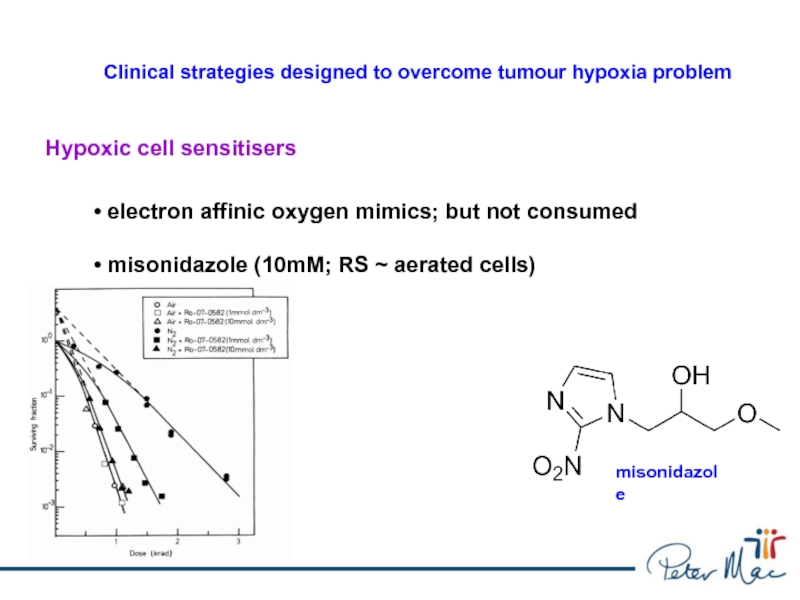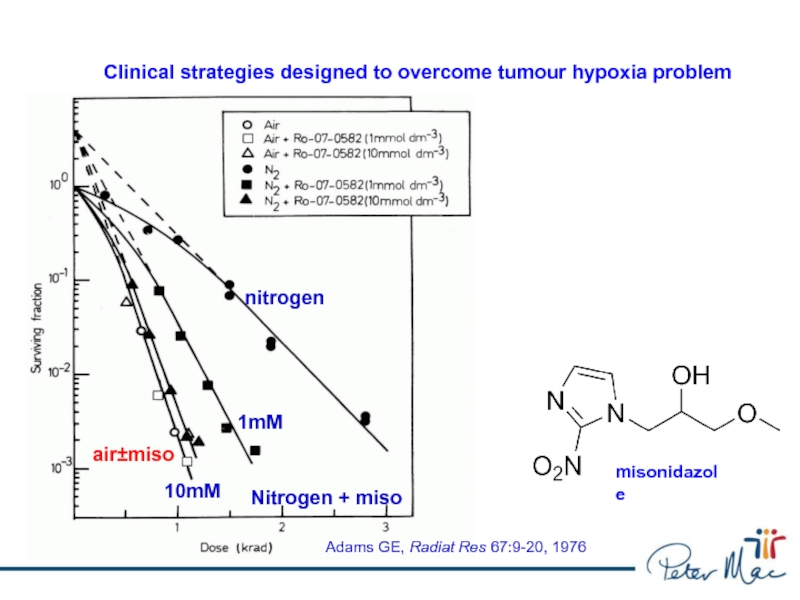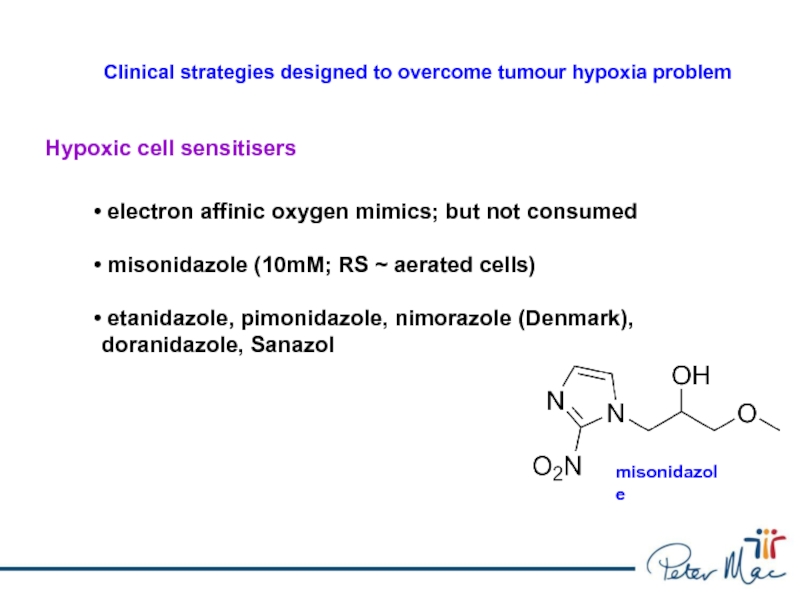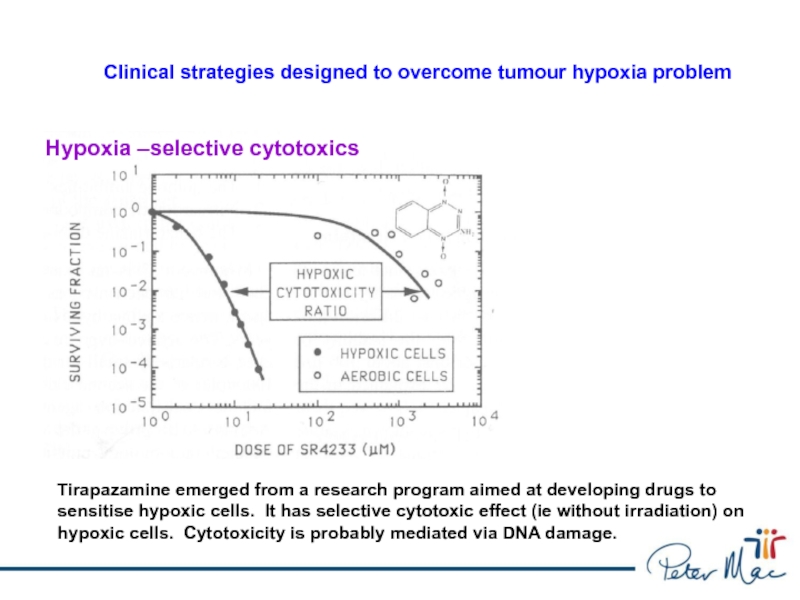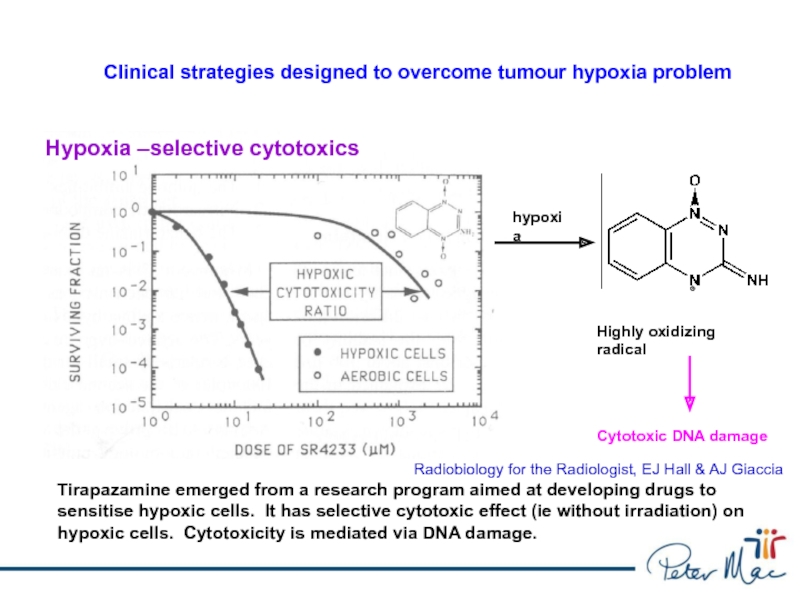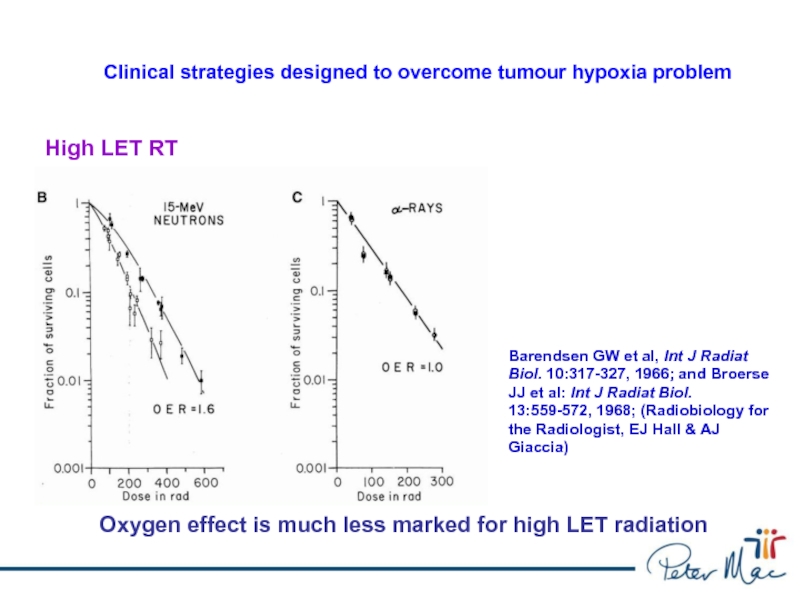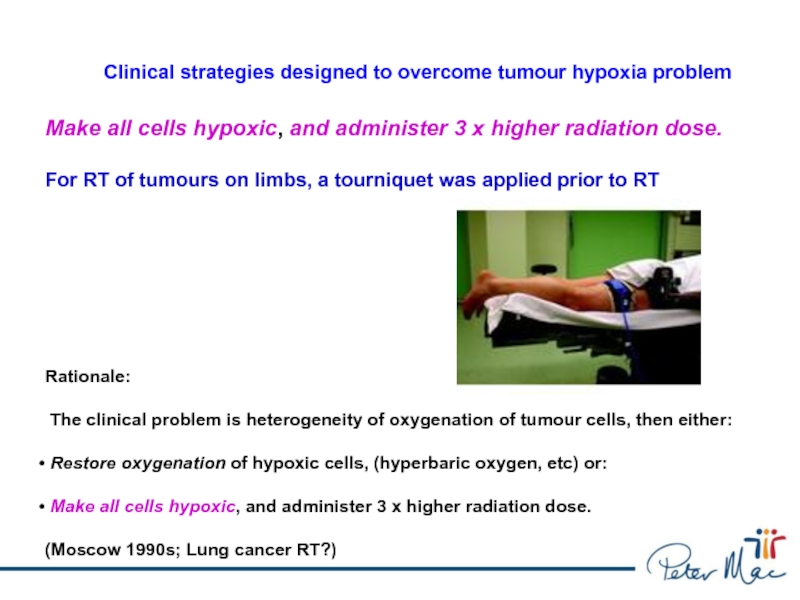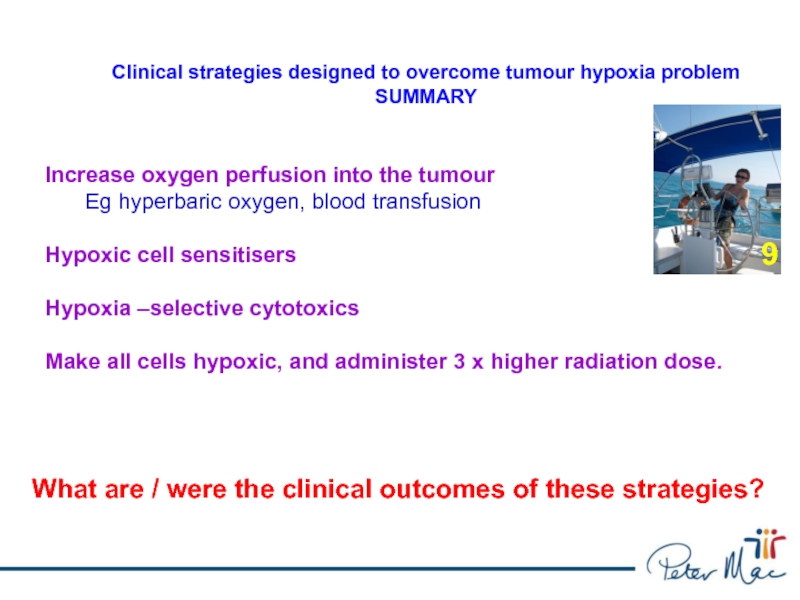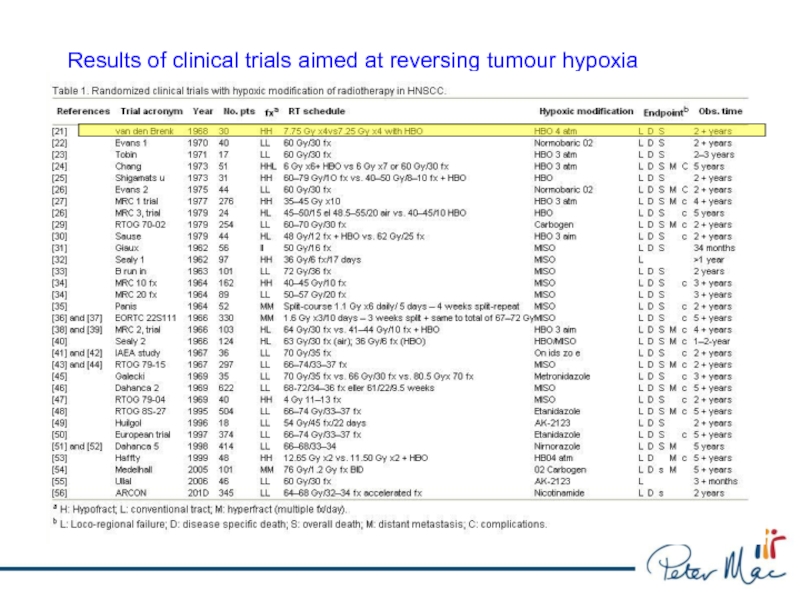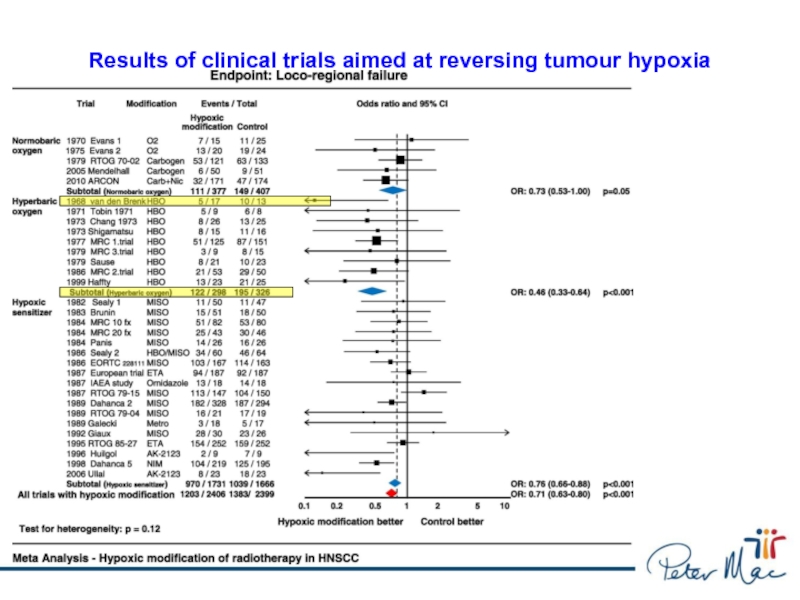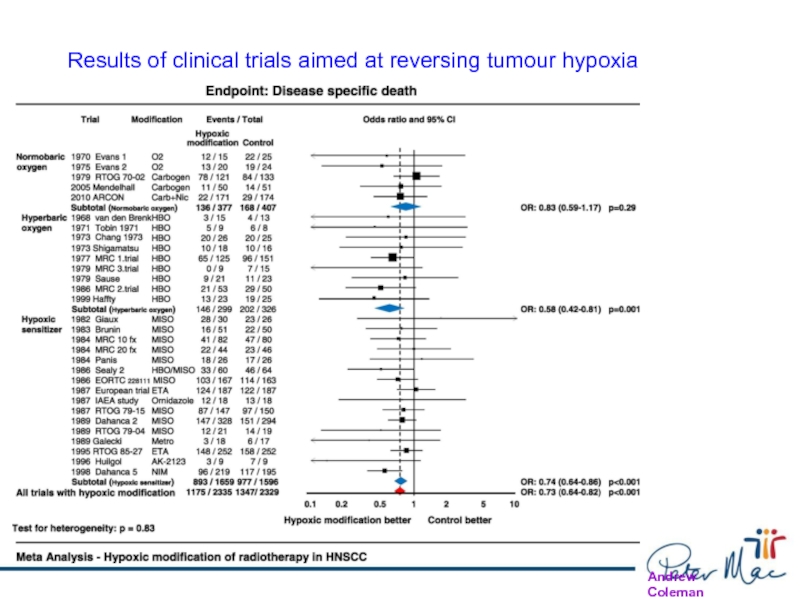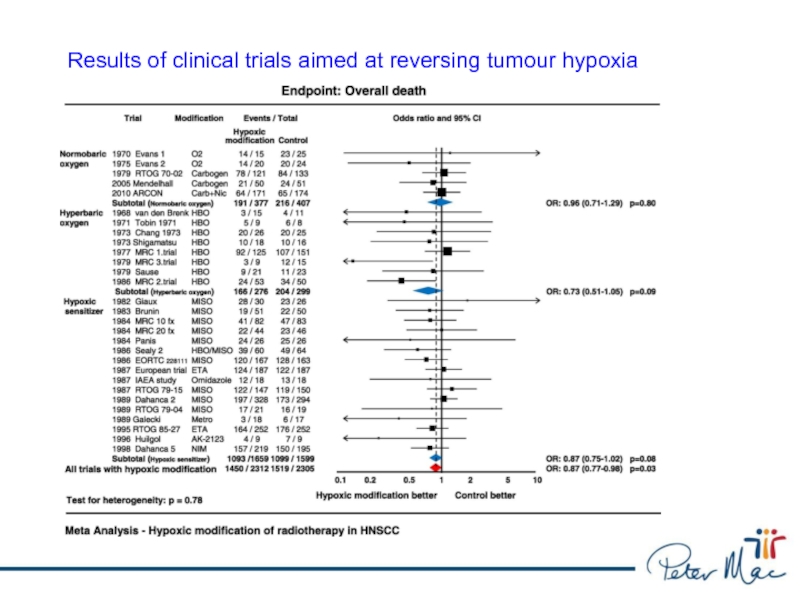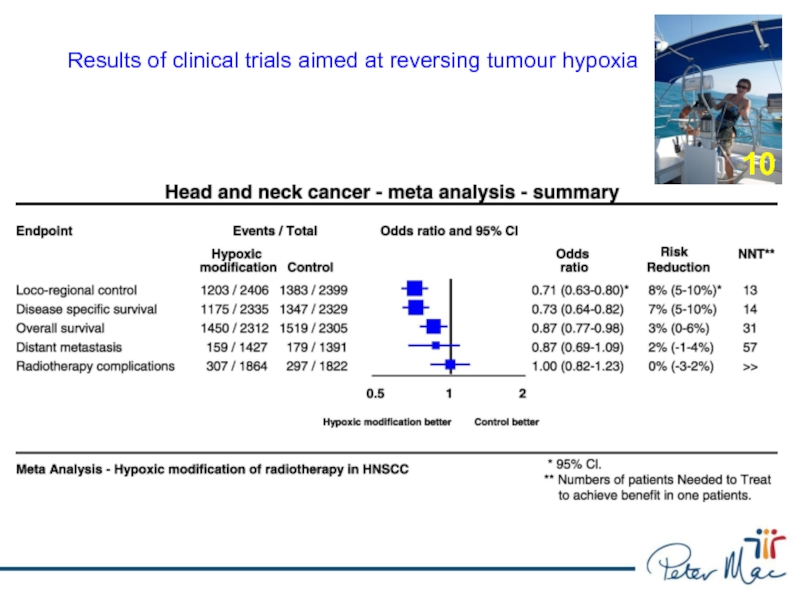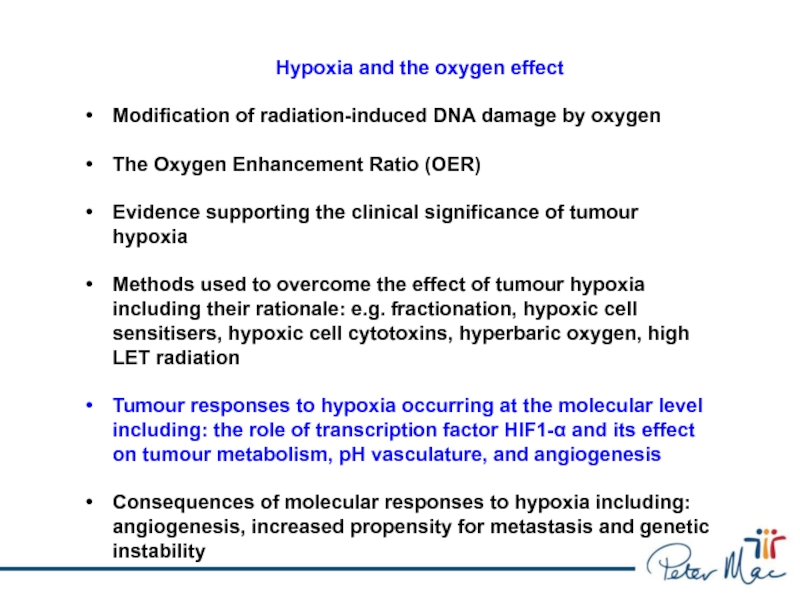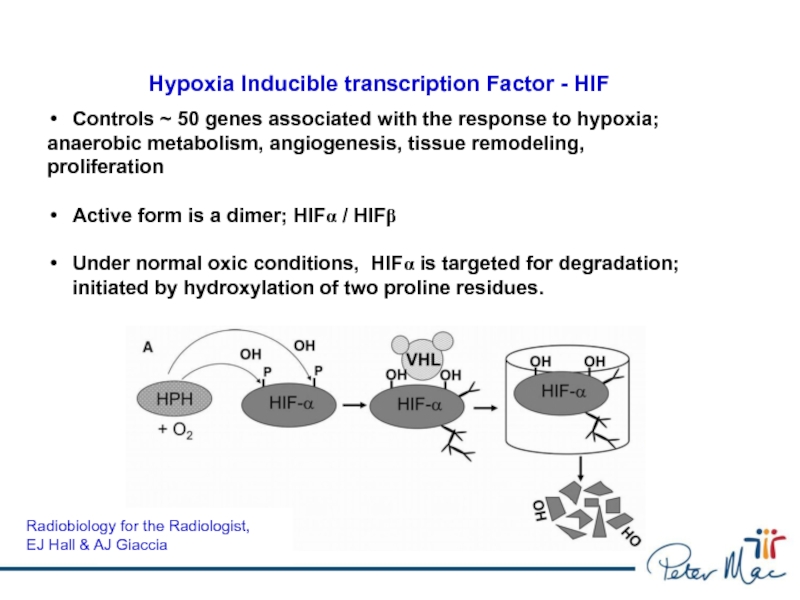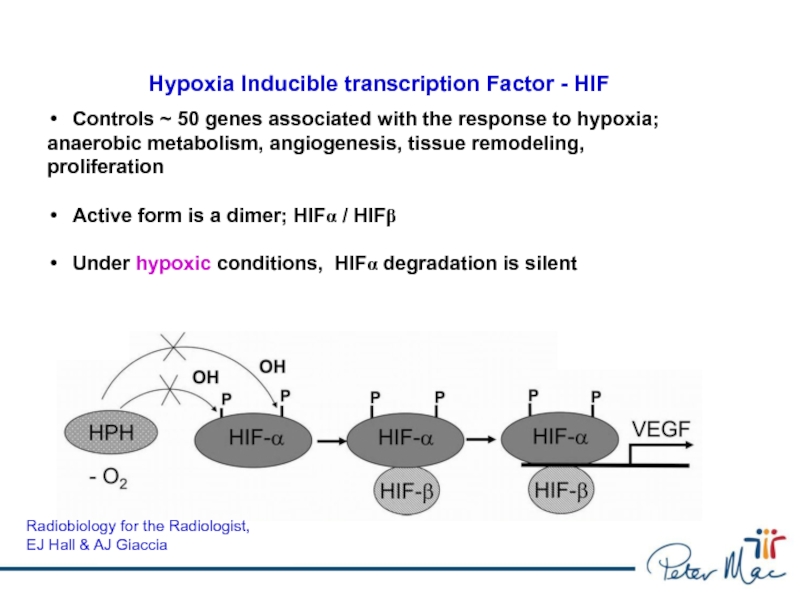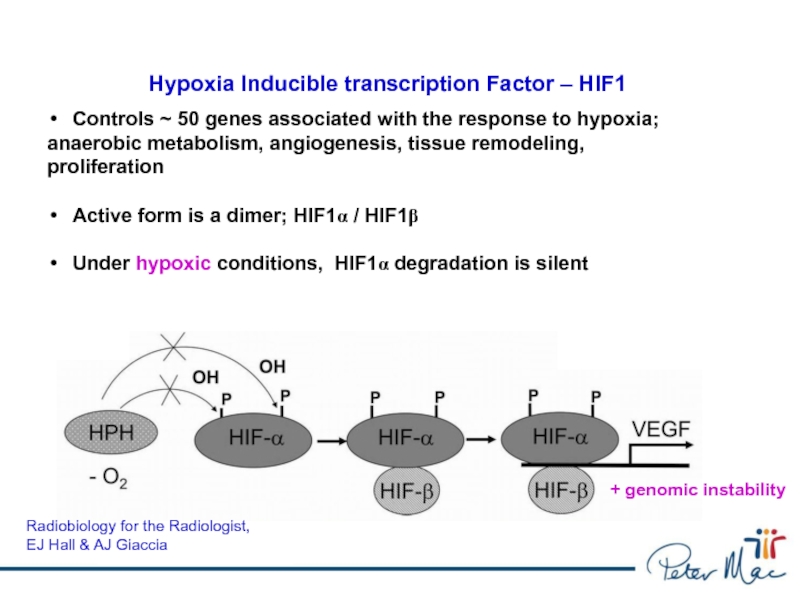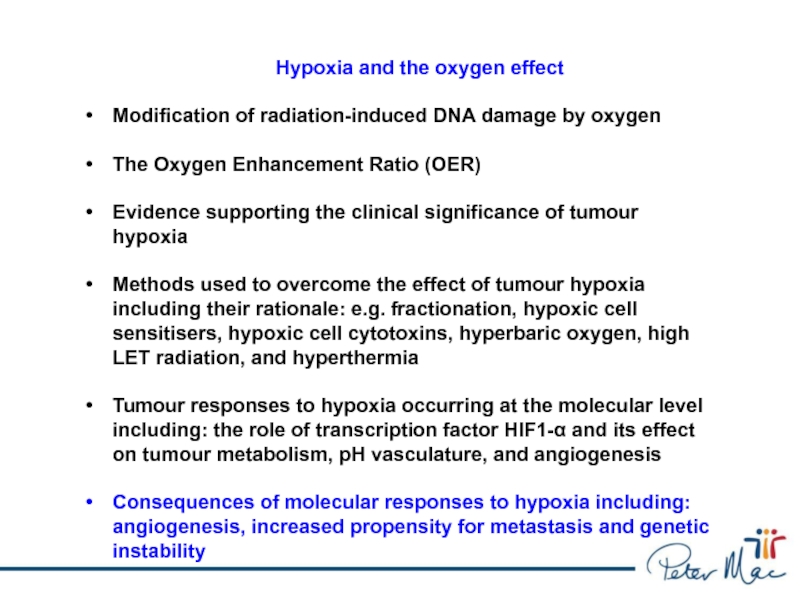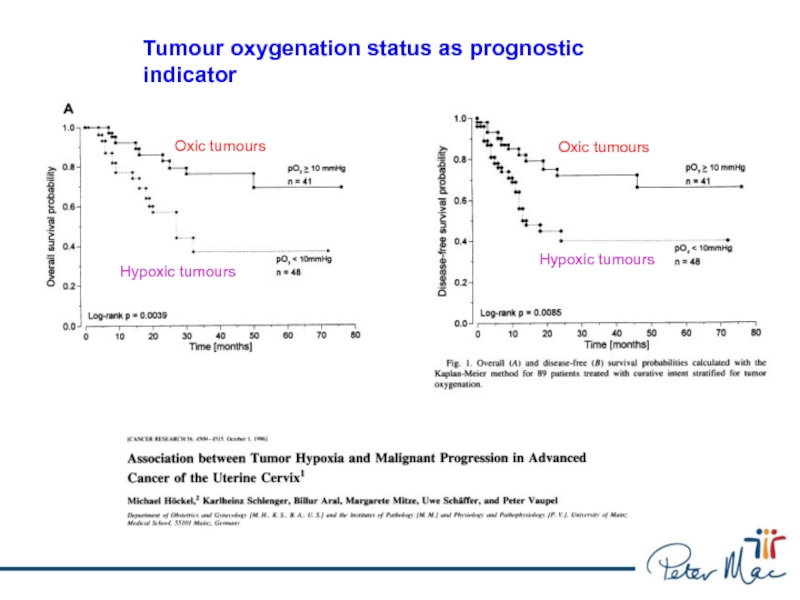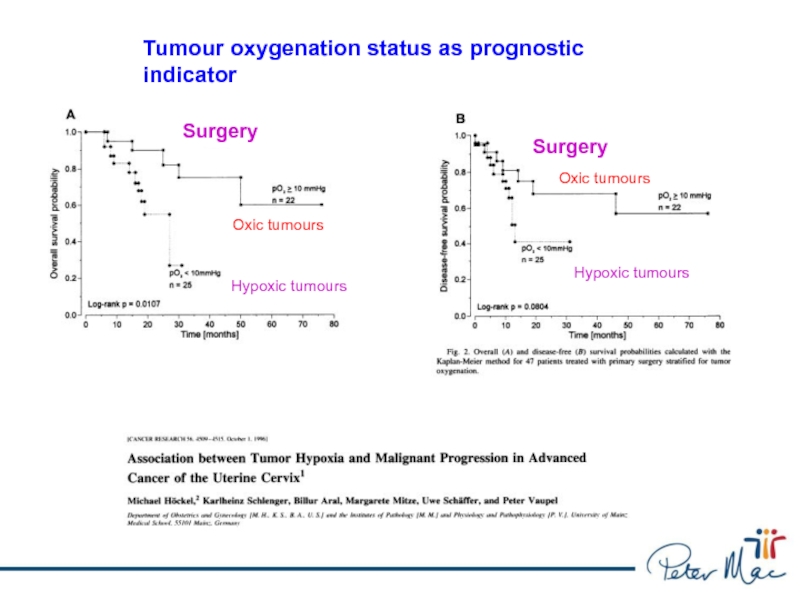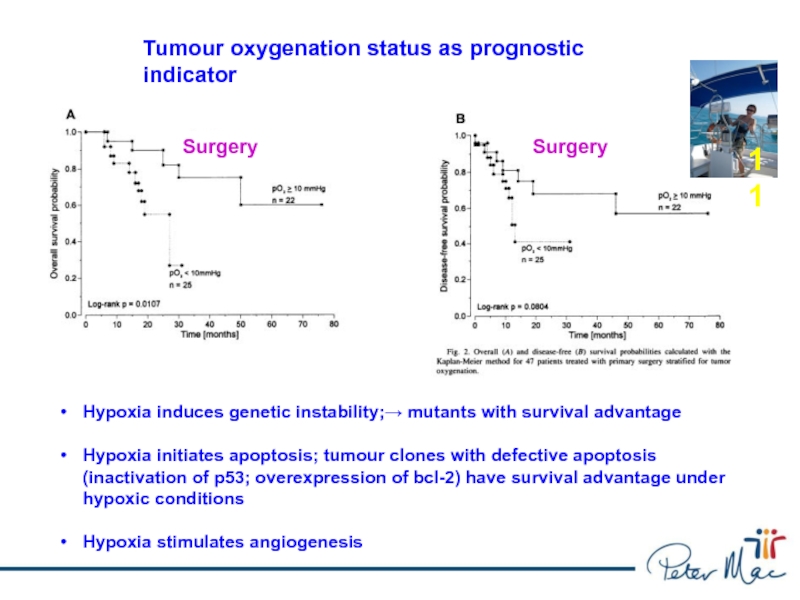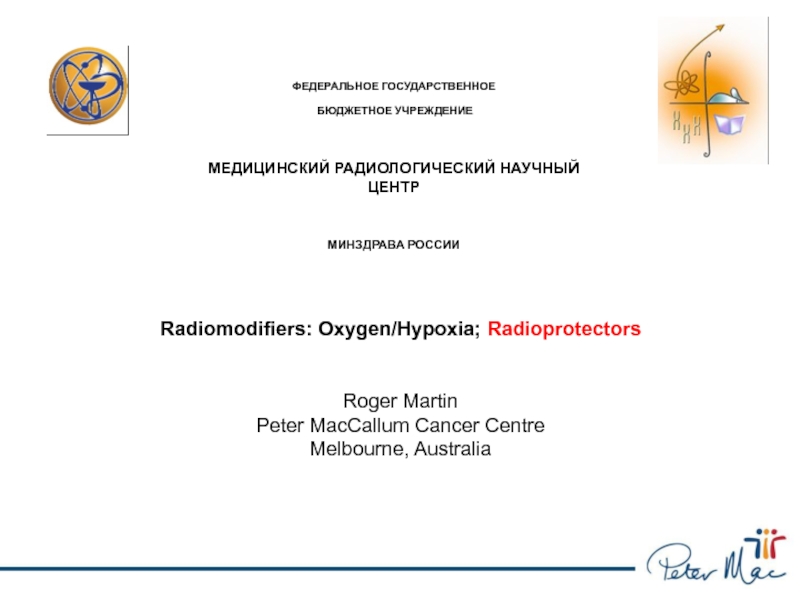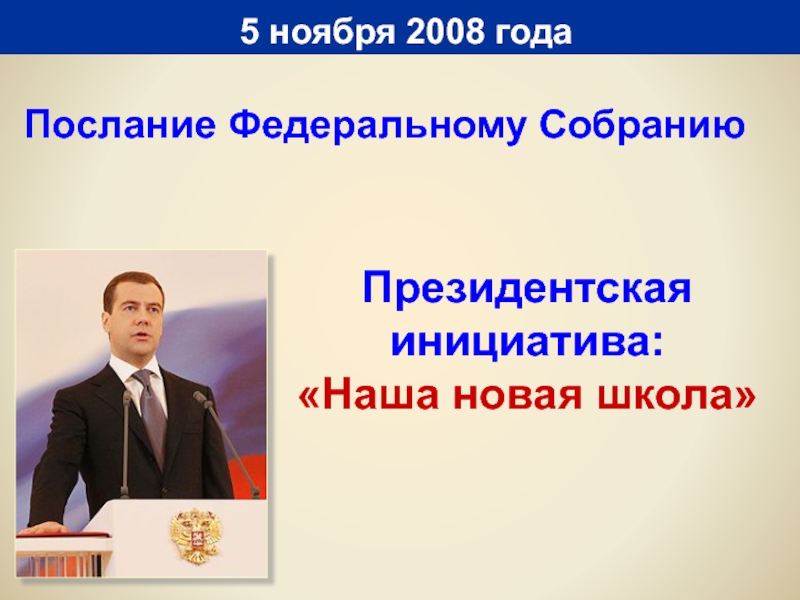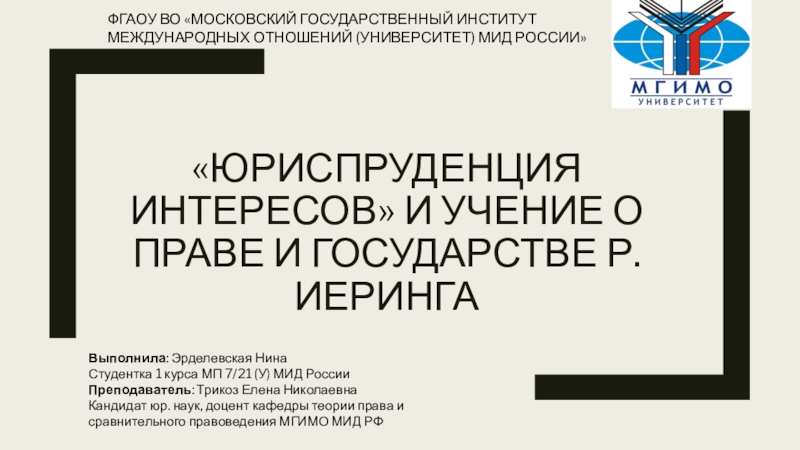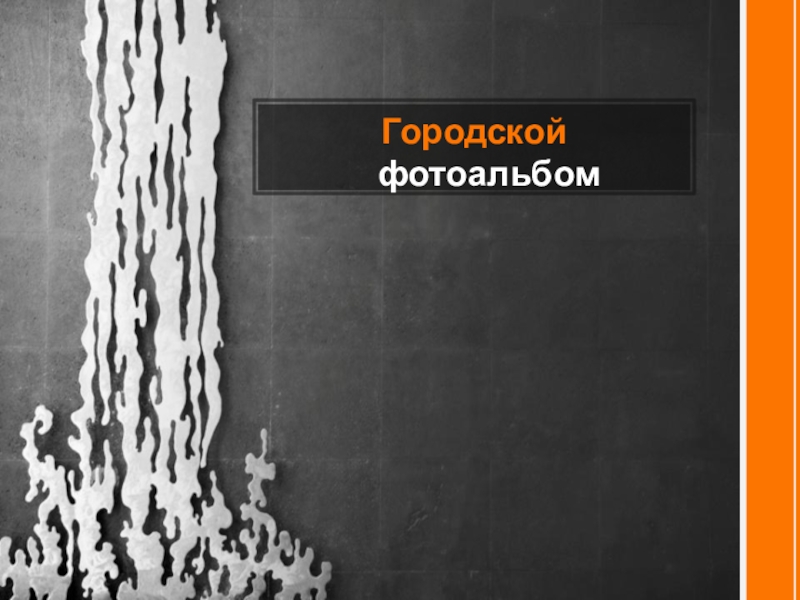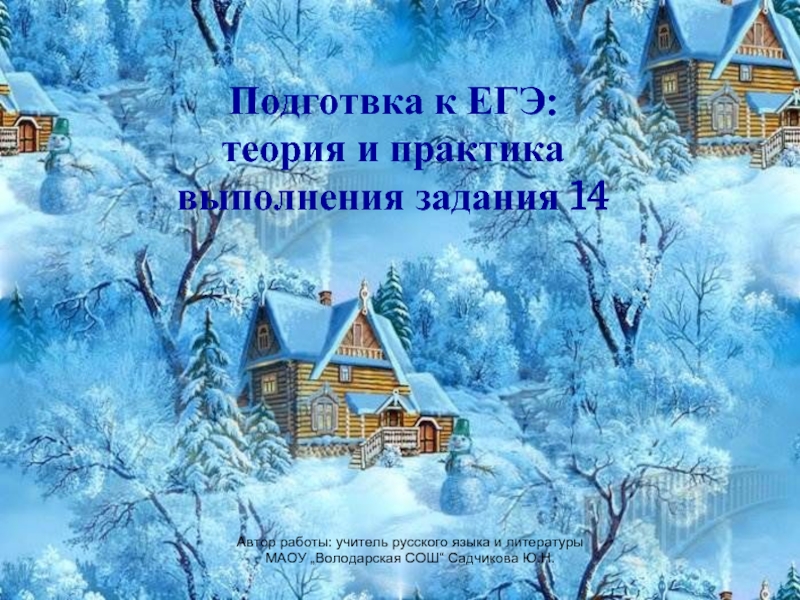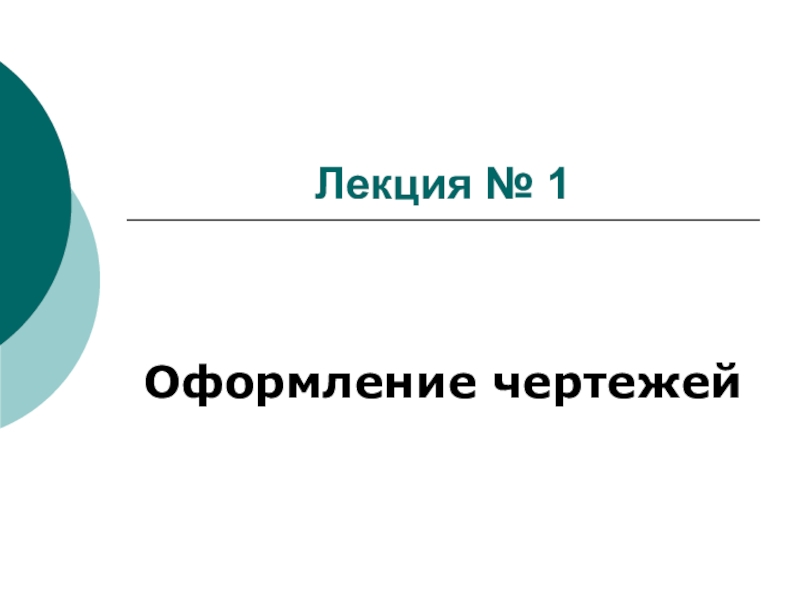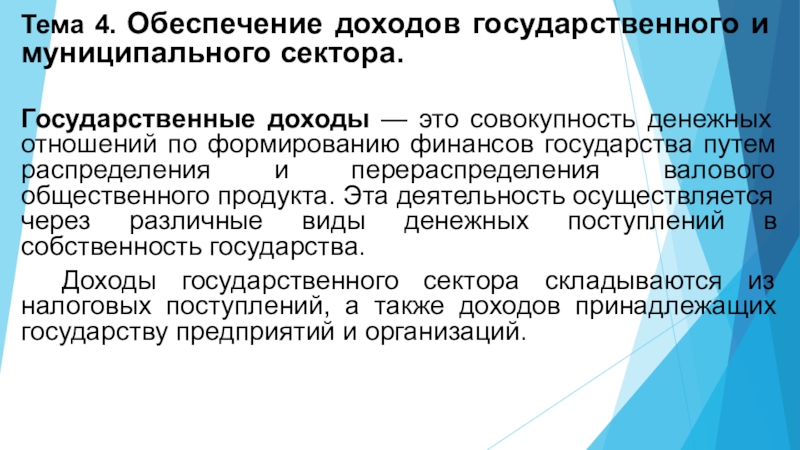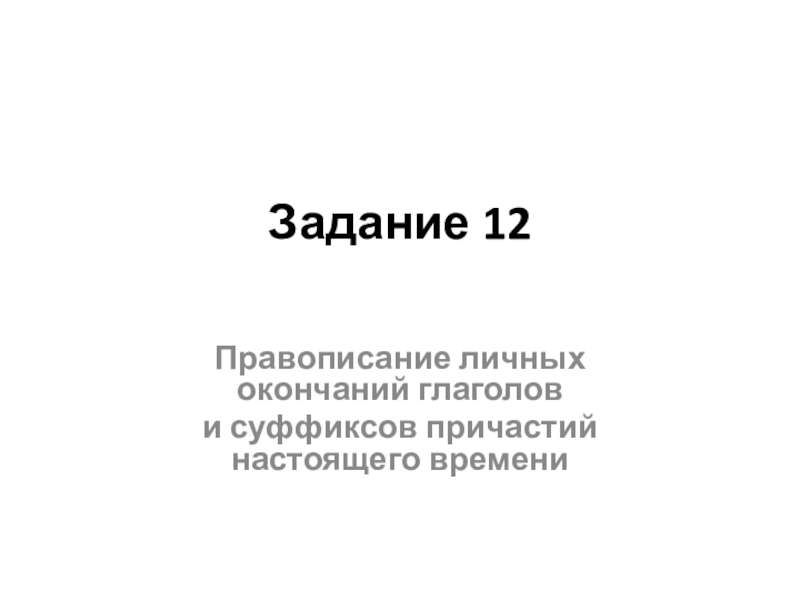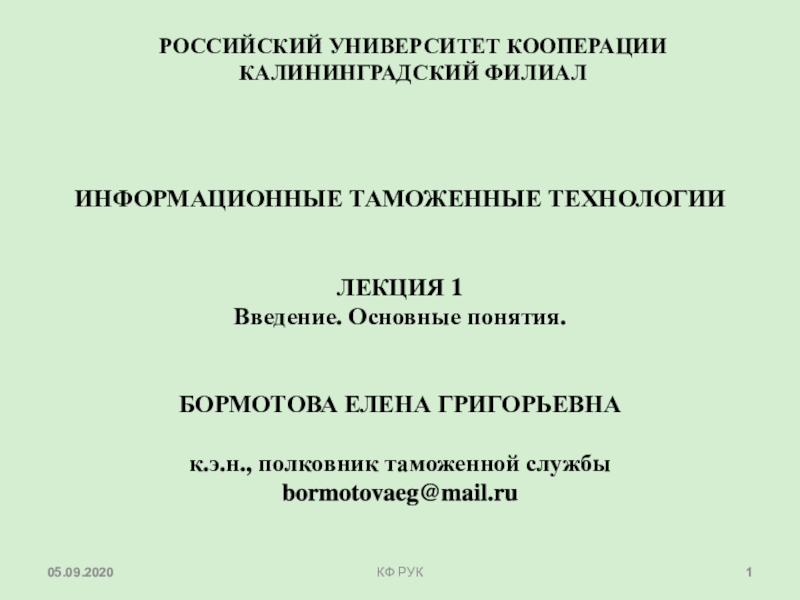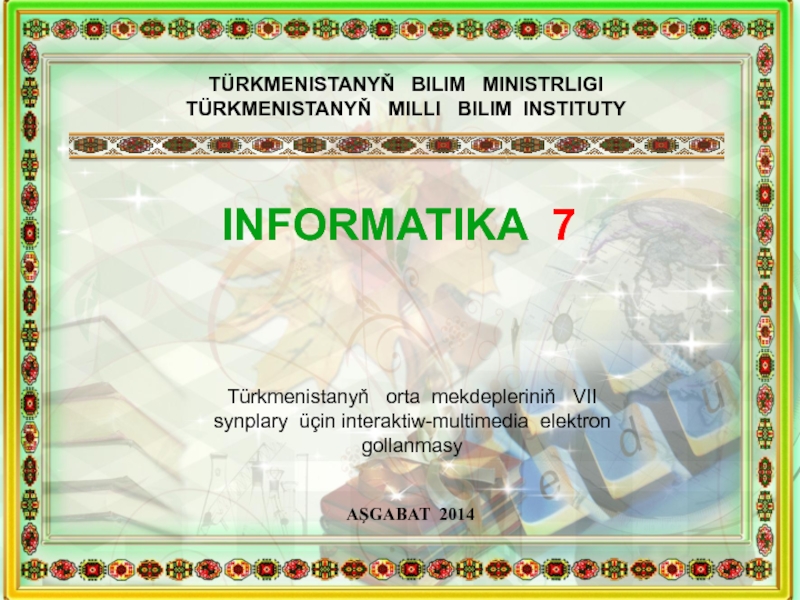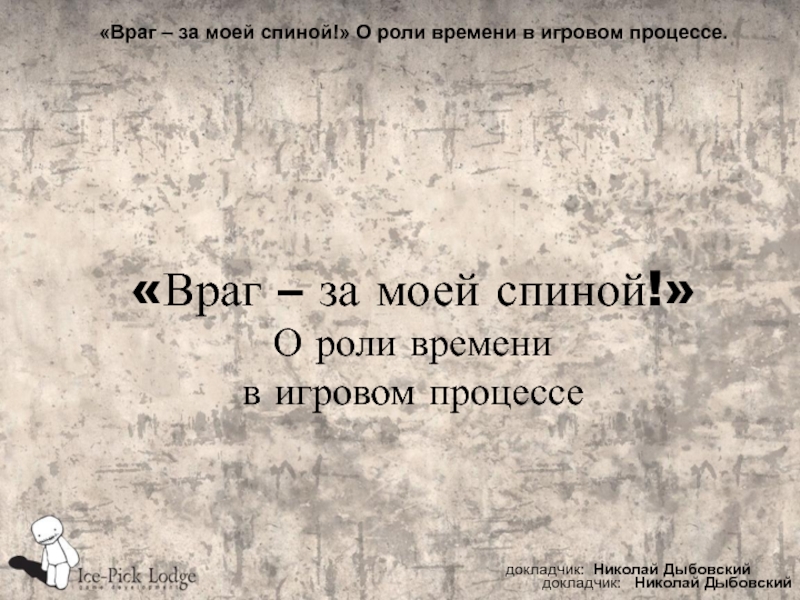Разделы презентаций
- Разное
- Английский язык
- Астрономия
- Алгебра
- Биология
- География
- Геометрия
- Детские презентации
- Информатика
- История
- Литература
- Математика
- Медицина
- Менеджмент
- Музыка
- МХК
- Немецкий язык
- ОБЖ
- Обществознание
- Окружающий мир
- Педагогика
- Русский язык
- Технология
- Физика
- Философия
- Химия
- Шаблоны, картинки для презентаций
- Экология
- Экономика
- Юриспруденция
ФЕДЕРАЛЬНОЕ ГОСУДАРСТВЕННОЕ БЮДЖЕТНОЕ УЧРЕЖДЕНИЕ МЕДИЦИНСКИЙ РАДИОЛОГИЧЕСКИЙ
Содержание
- 1. ФЕДЕРАЛЬНОЕ ГОСУДАРСТВЕННОЕ БЮДЖЕТНОЕ УЧРЕЖДЕНИЕ МЕДИЦИНСКИЙ РАДИОЛОГИЧЕСКИЙ
- 2. The first thing for me to say to you :Good Luck with My Australian English!
- 3. The first thing for me to say to you :Good Luck with My Australian English!Kangaroos
- 4. Thank you to the organisers for the opportunity to join this Radiobiology School
- 5. Obninsk1993
- 6. Professor Boris Vyturin (and Vladimir); 252 Cf-brachytherapy; pioneer1993
- 7. Слайд 7
- 8. Слайд 8
- 9. Why was an Australian radiobiologist visiting Prof
- 10. Peter MacCallum Cancer Centre, Melbourne, Australia.Comprehensive cancer
- 11. Motivation for interest in radiobiology Fundamental
- 12. Fundamental radiobiology Radioecology – the environment
- 13. British Journal of Cancer (1955) 9, 539–549.
- 14. Hypoxia and the oxygen effectHistorical Background
- 15. First reports (clinical) skin reactions diminished by:Local
- 16. First reports (clinical) skin reactions diminished by:Local
- 17. Hypoxia and the oxygen effectHistorical BackgroundBritish Journal
- 18. The first thing for me to say
- 19. Hypoxia and the oxygen effectHistorical BackgroundBritish Journal
- 20. DNA is the target(The biological consequences of
- 21. DNA is the target(The biological consequences of
- 22. DNA is the target(The biological consequences of
- 23. DNA is the target(The biological consequences of
- 24. DNA is the target(The biological consequences of
- 25. DNA is the target(The biological consequences of
- 26. DNA is the target(The biological consequences of
- 27. DNA double-strand breaks are probably the most
- 28. DNA double-strand breaks are probably the most
- 29. DNA double-strand breaks are probably the most
- 30. Радиобиология эмиттеров Оже-электронов и их
- 31. Обнинск Май 2013Молекулярные аспекты радиобиологии Оже-распадаПовреждения ДНК
- 32. DNA double-strand breaks are probably the most
- 33. DIRECT AND INDIRECT ACTIONModification of radiation-induced DNA
- 34. DIRECT DNA damage – ionisation of
- 35. DIRECT DNA damage – ionisation of
- 36. PradicalOH• OH• ; hydroxyl radicalDNA strand breakBaseNBaseNModification
- 37. PradicalOH• ; hydroxyl radicalDNA strand breakBaseNBaseNModification of
- 38. OH• radical(Direct ionisation)anoxicbreakageModification of radiation-induced DNA damage by oxygen
- 39. OH• radical(Direct ionisation)anoxicbreakageModification of radiation-induced DNA damage by oxygen
- 40. OH• radical(Direct ionisation)DNACOO•anoxicbreakageO2Modification of radiation-induced DNA damage by oxygen
- 41. OH• radical(Direct ionisation)DNACOO•anoxicbreakageO2“Fixed” damage (breaks)Modification of radiation-induced DNA damage by oxygen
- 42. OH• radical(Direct ionisation)DNACOO•anoxicbreakage“Fixed” damage (breaks)repairPSH PS•Modification of
- 43. OH• radical(Direct ionisation)DNACOO•anoxicbreakage“Fixed” damage (breaks)repairPSH PS•Thiols scavange
- 44. OH• radical(Direct ionisation)DNACOO•anoxicbreakage“Fixed” damage (breaks)repairPSH PS•Modification of
- 45. OH• radical(Direct ionisation)DNACOO•anoxicbreakage“Fixed” damage (breaks)repairPSH PS•O2 competes
- 46. OH• radical(Direct ionisation)DNACOO•anoxicbreakage“Fixed” damage (breaks)repairPSH PS•SummaryLess DamageMore
- 47. Hypoxia and the oxygen effectModification of radiation-induced
- 48. Oxygen effect – cell survivalIn vitro experiments
- 49. Oxygen effect – cell survivalIn vitro experiments
- 50. Oxygen effect – cell survivalIn vitro experiments
- 51. Oxygen effect – cell survivalIn vitro experiments
- 52. Oxygen effect – cell survivalIn vitro experiments
- 53. Oxygen effect – cell survivalIn vitro experiments
- 54. Oxygen effect – cell survivalIn vitro experiments
- 55. Hypoxia and the oxygen effectModification of radiation-induced
- 56. Hypoxia and the oxygen effectHistorical BackgroundBritish Journal
- 57. Classical studies by Thomlinson and Gray (UK,
- 58. Chronic and acute (transient) hypoxiaBrown JM: JNCI
- 59. Perfusion marker (Blue)+ 1st hypoxia marker (green)2nd
- 60. Perfusion marker (Blue)+ 1st hypoxia marker (green)2nd
- 61. Survival curve for solid subcutaneous lymphosarcoma in
- 62. Experimental survival curves for a mouse tumour,
- 63. Measurement of pO2 in tumours and normal
- 64. clinicalImproved clinical response for less hypoxic tumoursEvidence
- 65. Tumour Hypoxia Summary Two distinct mechanisms/types: chronic acute / transient
- 66. Tumour Hypoxia Summary Two distinct mechanisms/types: chronic
- 67. Tumour Hypoxia Summary Two distinct mechanisms/types: chronic
- 68. Tumour Hypoxia Summary Two distinct mechanisms/types: chronic
- 69. Hypoxia and the oxygen effectModification of radiation-induced
- 70. Clinical strategies designed to overcome tumour hypoxia
- 71. Reoxygenation from fractionated RTClinical strategies designed to
- 72. Increase oxygen perfusion into the tumour hyperbaric
- 73. hyperbaric oxygen (HBO) therapy 100% oxygen;
- 74. Dr Henry van den Brenk(My first boss!)
- 75. Tom Sandeman: “From 1957 to 1966 he
- 76. Hyperbaric oxygen chamber; Dr HAS van den Brenk; PeterMac, mid-1960s; 4 atm oxygen.
- 77. hyperbaric oxygen (HBO) therapy 100% oxygen;
- 78. [low Hb proven negative prognostic indicator;
- 79. Hypoxic cell sensitisers electron affinic oxygen mimics;
- 80. misonidazoleClinical strategies designed to overcome tumour hypoxia problem air±misonitrogenNitrogen + miso10mM1mMAdams GE, Radiat Res 67:9-20, 1976
- 81. electron affinic oxygen mimics; but not
- 82. Tirapazamine emerged from a research program aimed
- 83. Tirapazamine emerged from a research program aimed
- 84. High LET RTOxygen effect is much less
- 85. Make all cells hypoxic, and administer 3
- 86. Increase oxygen perfusion into the tumourEg hyperbaric
- 87. Results of clinical trials aimed at reversing tumour hypoxia
- 88. Results of clinical trials aimed at reversing tumour hypoxia
- 89. Results of clinical trials aimed at reversing tumour hypoxiaAndrew Coleman
- 90. Results of clinical trials aimed at reversing tumour hypoxia
- 91. Results of clinical trials aimed at reversing tumour hypoxia10
- 92. Hypoxia and the oxygen effectModification of radiation-induced
- 93. Hypoxia Inducible transcription Factor - HIF Controls
- 94. Hypoxia Inducible transcription Factor - HIF Controls
- 95. Hypoxia Inducible transcription Factor – HIF1 Controls
- 96. Hypoxia and the oxygen effectModification of radiation-induced
- 97. Tumour oxygenation status as prognostic indicatorOxic tumoursOxic tumoursHypoxic tumoursHypoxic tumours
- 98. Tumour oxygenation status as prognostic indicatorSurgerySurgeryOxic tumoursOxic tumoursHypoxic tumoursHypoxic tumours
- 99. Hypoxia induces genetic instability; mutants with survival
- 100. ФЕДЕРАЛЬНОЕ ГОСУДАРСТВЕННОЕ БЮДЖЕТНОЕ УЧРЕЖДЕНИЕМЕДИЦИНСКИЙ РАДИОЛОГИЧЕСКИЙ НАУЧНЫЙ ЦЕНТРМИНЗДРАВА РОССИИRadiomodifiers: Oxygen/Hypoxia; RadioprotectorsRoger Martin Peter MacCallum Cancer CentreMelbourne, Australia
- 101. Скачать презентанцию
Слайды и текст этой презентации
Слайд 1ФЕДЕРАЛЬНОЕ ГОСУДАРСТВЕННОЕ
БЮДЖЕТНОЕ УЧРЕЖДЕНИЕ
МЕДИЦИНСКИЙ РАДИОЛОГИЧЕСКИЙ НАУЧНЫЙ ЦЕНТР
МИНЗДРАВА РОССИИ
Radiomodifiers: Oxygen/Hypoxia; Radioprotectors
Roger
Martin
Слайд 9Why was an Australian radiobiologist visiting Prof Vyturin in Obninsk?
Answer
to follow later......
A special case of radiomodification!Слайд 10Peter MacCallum Cancer Centre, Melbourne, Australia.
Comprehensive cancer centre with the
largest radiotherapy department in Australia; 6000 new patients per annum.
Includes
research laboratories with >450 students and staff.Molecular Radiation Biology Laboratory; of 25 project groups
Слайд 11Motivation for interest in radiobiology
Fundamental radiobiology
Radioecology –
the environment
Health effects of radiation
(radiation protection;
radiation industry)Cancer radiotherapy
Nuclear medicine and other
aspects of Radiation Medicine
Слайд 12 Fundamental radiobiology
Radioecology – the environment
Health effects of
radiation
(radiation protection; radiation industry)
Cancer radiotherapy
Nuclear medicine and other aspects of Radiation Medicine
Motivation for interest in radiobiology
Слайд 13British Journal of Cancer (1955) 9, 539–549. The Histological Structure
of Some Human Lung Cancers and the Possible Implications for
RadiotherapyR H Thomlinson and L H Gray
Hypoxia and the Oxygen Effect
Historical Background
Слайд 15First reports (clinical) skin reactions diminished by:
Local application of ice
(Hahn 1904)
Local pressure to treatment port (Schwarz, 1909)
Hypoxia and
the oxygen effectHistorical Background
Слайд 16First reports (clinical) skin reactions diminished by:
Local application of ice
(Hahn 1904)
Local pressure to treatment port (Schwarz, 1909)
Hypoxia and
the oxygen effectHistorical Background
Слайд 17Hypoxia and the oxygen effect
Historical Background
British Journal of Cancer (1955)
9, 539–549. The Histological Structure of Some Human Lung Cancers
and the Possible Implications for RadiotherapyR H Thomlinson and L H Gray
Слайд 18The first thing for me to say to you :
Good
Luck with My Australian English!
Olga, translation helper
(who likes to take
control)Слайд 19Hypoxia and the oxygen effect
Historical Background
British Journal of Cancer (1955)
9, 539–549. The Histological Structure of Some Human Lung Cancers
and the Possible Implications for RadiotherapyR H Thomlinson and L H Gray
1
Слайд 20DNA is the target
(The biological consequences of exposure to ionising
radiation are mediated by damage to DNA)
Evidence:
Consequences of
selective irradiation; the nucleus is more radiosensitive
a-source
Modification of radiation-induced DNA damage by oxygen
Слайд 21DNA is the target
(The biological consequences of exposure to ionising
radiation are mediated by damage to DNA)
Evidence:
Consequences of
selective irradiation; the nucleus is more radiosensitive
Lethality of incorporated radioactive DNA precursors (eg 3H-thymidine; 125I-IUdR) compared to RNA, protein precursors)
a-source
Modification of radiation-induced DNA damage by oxygen
Слайд 22DNA is the target
(The biological consequences of exposure to ionising
radiation are mediated by damage to DNA)
Evidence:
Consequences of
selective irradiation; the nucleus is more radiosensitive
Lethality of incorporated radioactive DNA precursors (eg 3H-thymidine; 125I-IUdR) compared to RNA, protein precursors)
Radiosensitisation by incorporated
iodo/bromo-pyrimidines
a-source
Modification of radiation-induced DNA damage by oxygen
Слайд 23DNA is the target
(The biological consequences of exposure to ionising
radiation are mediated by damage to DNA)
Evidence:
Consequences of
selective irradiation; the nucleus is more radiosensitive
Lethality of incorporated radioactive DNA precursors (eg 3H-thymidine; 125I-IUdR) compared to RNA, protein precursors)
Radiosensitisation by incorporated
iodo/bromo-pyrimidines
Correlation of chromosome damage with clonogenic survival
chromosome aberrations/cell and log survival, with radiation dose
( and effects of oxygen, dose-rate, LET etc)
a-source
Modification of radiation-induced DNA damage by oxygen
Слайд 24DNA is the target
(The biological consequences of exposure to ionising
radiation are mediated by damage to DNA)
Modification of radiation-induced DNA
damage by oxygenCornforth MN, Bedford JS:
Radiat Res 111:385-405, 1987
Correlation of clonogenic survival and chromosome aberrations
Слайд 25DNA is the target
(The biological consequences of exposure to ionising
radiation are mediated by damage to DNA)
Evidence:
Consequences of
selective irradiation; the nucleus is more radiosensitive
Lethality of incorporated radioactive DNA precursors (eg 3H-thymidine; 125I-IUdR) compared to RNA, protein precursors)
Radiosensitisation by incorporated
iodo/bromo-pyrimidines
Correlation of chromosome damage with clonogenic survival
chromosome aberrations/cell and log survival, with radiation dose
( and effects of oxygen, dose-rate, LET etc)
a-source
Modification of radiation-induced DNA damage by oxygen
Слайд 26DNA is the target
(The biological consequences of exposure to ionising
radiation are mediated by damage to DNA)
Evidence:
Consequences of
selective irradiation; the nucleus is more radiosensitive
Lethality of incorporated radioactive DNA precursors (eg 3H-thymidine; 125I-IUdR) compared to RNA, protein precursors)
Radiosensitisation by incorporated
iodo/bromo-pyrimidines
Correlation of chromosome damage with clonogenic survival
lethal aberrations/cell and log survival, with radiation dose
( and effects of oxygen, dose-rate, LET etc)
But, Bystander effect?
a-source
Chromosome damage in un-irradiated neighbor
Modification of radiation-induced DNA damage by oxygen
2
Слайд 27DNA double-strand breaks are probably the most important lesions
Modification of
radiation-induced DNA damage by oxygen
Phosphorus atoms of the sugar phosphate
chainDNA is the target
(The biological consequences of exposure to ionising radiation are mediated by damage to DNA)
Слайд 28DNA double-strand breaks are probably the most important lesions
Modification of
radiation-induced DNA damage by oxygen
Methyl (CH3-) of thymine …………....
DNA is
the target(The biological consequences of exposure to ionising radiation are mediated by damage to DNA)
Слайд 29DNA double-strand breaks are probably the most important lesions
Modification of
radiation-induced DNA damage by oxygen
Methyl (CH3-) of thymine …………....substituted by
incorporation of 125I-iododeoxyuridine → → →DNA is the target
(The biological consequences of exposure to ionising radiation are mediated by damage to DNA)
Слайд 30 Радиобиология эмиттеров Оже-электронов и их потенциал для радиотерапии злокаческтвенных опухолей Павел
Лобачевский Лаборатория Молекулярной Радиобиологии / Molecular Radiation Biology Lab Онкологический Центр Питера
МакКалума / Peter MacCallum Cancer Centre Мельбурн, Виктория, Австралия / Melbourne, Victoria, AustraliaXIII Международная научная школа по радиобиологии для молодых ученых
МРНЦ Обнинск 2013
Слайд 31Обнинск Май 2013
Молекулярные аспекты радиобиологии Оже-распада
Повреждения ДНК и энергопоглощение от
Оже-электронов
Эксперименты с синтетическим олигонуклеотидом
(Lobachevsky & Martin, Rad Res,
2000)Вероятности разрыва нити ДНК на 1 распад на разлияных расстояниях от 125I
Энергопоглощение (эВ) в элементарных объемах ДНК на 1 распад 125I
Слайд 32DNA double-strand breaks are probably the most important lesions
Modification of
radiation-induced DNA damage by oxygen
Methyl (CH3-) of thymine …………....substituted by
incorporation of 125I-iododeoxyuridine → → →50 –100 DNA double strand breaks correspond to a lethal lesion
DNA is the target
(The biological consequences of exposure to ionising radiation are mediated by damage to DNA)
Слайд 33DIRECT AND INDIRECT ACTION
Modification of radiation-induced DNA damage by oxygen
Phosphorus
atoms of the sugar phosphate chain
DNA is the target
(The biological
consequences of exposure to ionising radiation are mediated by damage to DNA)Слайд 34 DIRECT DNA damage – ionisation of atoms in DNA
Modification
of radiation-induced DNA damage by oxygen
DIRECT AND INDIRECT ACTION
DNA is
the target(The biological consequences of exposure to ionising radiation are mediated by damage to DNA)
Слайд 35 DIRECT DNA damage – ionisation of atoms in DNA
INDIRECT DNA damage – ionisation of water molecules, and diffusion
of reactive products (especially OH• radicals) to DNAH2O
OH•
OH•
Modification of radiation-induced DNA damage by oxygen
DIRECT AND INDIRECT ACTION
DNA is the target
(The biological consequences of exposure to ionising radiation are mediated by damage to DNA)
Слайд 36P
radical
OH•
OH• ; hydroxyl radical
DNA strand break
BaseN
BaseN
Modification of radiation-induced DNA
damage by oxygen
DNA is the target
(The biological consequences of exposure
to ionising radiation are mediated by damage to DNA)Слайд 37P
radical
OH• ; hydroxyl radical
DNA strand break
BaseN
BaseN
Modification of radiation-induced DNA damage
by oxygen
DNA is the target
(The biological consequences of exposure to
ionising radiation are mediated by damage to DNA)Слайд 38OH• radical
(Direct ionisation)
anoxic
breakage
Modification of radiation-induced DNA damage by oxygen
Слайд 39OH• radical
(Direct ionisation)
anoxic
breakage
Modification of radiation-induced DNA damage by oxygen
Слайд 40OH• radical
(Direct ionisation)
DNA
COO•
anoxic
breakage
O2
Modification of radiation-induced DNA damage by oxygen
Слайд 41OH• radical
(Direct ionisation)
DNA
COO•
anoxic
breakage
O2
“Fixed” damage (breaks)
Modification of radiation-induced DNA damage by
oxygen
Слайд 42OH• radical
(Direct ionisation)
DNA
COO•
anoxic
breakage
“Fixed” damage (breaks)
repair
PSH
PS•
Modification of radiation-induced DNA damage
by oxygen
aminothiol radioprotector
(or endogenous thiol – GSH)
Слайд 43OH• radical
(Direct ionisation)
DNA
COO•
anoxic
breakage
“Fixed” damage (breaks)
repair
PSH
PS•
Thiols scavange OH• radicals
Modification of
radiation-induced DNA damage by oxygen
aminothiol radioprotector
(or endogenous thiol – GSH)
Слайд 44OH• radical
(Direct ionisation)
DNA
COO•
anoxic
breakage
“Fixed” damage (breaks)
repair
PSH
PS•
Modification of radiation-induced DNA damage
by oxygen
aminothiol radioprotector
(or endogenous thiol – GSH)
Thiols scavange OH• radicals
Слайд 45OH• radical
(Direct ionisation)
DNA
COO•
anoxic
breakage
“Fixed” damage (breaks)
repair
PSH
PS•
O2 competes with DNA-C• for
PSH (and endogenous thiols)
Modification of radiation-induced DNA damage by oxygen
aminothiol
radioprotector(or endogenous thiol – GSH)
Thiols scavange OH• radicals
Слайд 46OH• radical
(Direct ionisation)
DNA
COO•
anoxic
breakage
“Fixed” damage (breaks)
repair
PSH
PS•
Summary
Less Damage
More Damage
oxygen
thiols
Modification of radiation-induced
DNA damage by oxygen
O2 competes with DNA-C• for PSH (and
endogenous thiols)aminothiol radioprotector
(or endogenous thiol – GSH)
Thiols scavange OH• radicals
3&4
Слайд 47Hypoxia and the oxygen effect
Modification of radiation-induced DNA damage by
oxygen
The Oxygen Enhancement Ratio (OER)
Evidence supporting the clinical significance of
tumour hypoxiaMethods used to overcome the effect of tumour hypoxia including their rationale: e.g. fractionation, hypoxic cell sensitisers, hypoxic cell cytotoxins, hyperbaric oxygen, high LET radiation, and hyperthermia
Tumour responses to hypoxia occurring at the molecular level including: the role of transcription factor HIF1-α and its effect on tumour metabolism, pH vasculature, and angiogenesis
Consequences of molecular responses to hypoxia including: angiogenesis, increased propensity for metastasis and genetic instability
Слайд 48Oxygen effect – cell survival
In vitro experiments – clonogenic survival
assays, survival curves
Cells are more sensitive to radiation under
oxic conditions. oxic
anoxic
Palcic B, Skarsgard LD: Radiat Res 100:328-339, 1984
cell suspension
Слайд 49Oxygen effect – cell survival
In vitro experiments – clonogenic survival
assays, survival curves
Cells are more sensitive to radiation under
oxic conditions. The difference is quantified by Oxygen Enhancement Ratio (OER); the ratio of radiation doses required for iso-effect under hypoxic versus oxic conditions. [At 1% survival, 2000/800 rads; OER = 2.5]oxic
anoxic
Palcic B, Skarsgard LD: Radiat Res 100:328-339, 1984
cell suspension
Слайд 50Oxygen effect – cell survival
In vitro experiments – clonogenic survival
assays, survival curves
Cells are more sensitive to radiation under
oxic conditions. The extent of sensitisation is dependant on the oxygen concentration.ex-Hall
Air (155 mmHg)
1.7
0.25
0.075
0.0076
Слайд 51Oxygen effect – cell survival
In vitro experiments – clonogenic survival
assays, survival curves
Cells are more sensitive to radiation under
oxic conditions. The extent of sensitisation is dependant on the oxygen concentration.Air (155 mmHg)
1.7
0.25
0.075
0.0076
From Elkind MM, et al: Cellular Radiation Biology, pp 442-461. 1965
Слайд 52Oxygen effect – cell survival
In vitro experiments – clonogenic survival
assays
Cells are more sensitive to radiation under oxic conditions. The
extent of sensitisation is dependant on the oxygen concentration. Marked hypoxia is required for appreciable radioresistance. Radiobiology for the Radiologist, EJ Hall & AJ Giaccia
Слайд 53Oxygen effect – cell survival
In vitro experiments – clonogenic survival
assays
Cells are more sensitive to radiation under oxic conditions. The
extent of sensitisation is dependant on the oxygen concentration. Marked hypoxia is required for appreciable radioresistance. Radiobiology for the Radiologist, EJ Hall & AJ Giaccia
Venus blood
5
Слайд 54Oxygen effect – cell survival
In vitro experiments – clonogenic survival
assays, survival curves
Oxygen effect is much less marked for
high LET radiationBarendsen GW et al, Int J Radiat Biol. 10:317-327, 1966; and Broerse JJ et al: Int J Radiat Biol. 13:559-572, 1968; (Radiobiology for the Radiologist, EJ Hall & AJ Giaccia)
Слайд 55Hypoxia and the oxygen effect
Modification of radiation-induced DNA damage by
oxygen
The Oxygen Enhancement Ratio (OER)
Evidence supporting the clinical significance of
tumour hypoxiaMethods used to overcome the effect of tumour hypoxia including their rationale: e.g. fractionation, hypoxic cell sensitisers, hypoxic cell cytotoxins, hyperbaric oxygen, high LET radiation, and hyperthermia
Tumour responses to hypoxia occurring at the molecular level including: the role of transcription factor HIF1-α and its effect on tumour metabolism, pH vasculature, and angiogenesis
Consequences of molecular responses to hypoxia including: angiogenesis, increased propensity for metastasis and genetic instability
Слайд 56Hypoxia and the oxygen effect
Historical Background
British Journal of Cancer (1955)
9, 539–549. The Histological Structure of Some Human Lung Cancers
and the Possible Implications for RadiotherapyR H Thomlinson and L H Gray
Necrotic centre
Viable tumour cells
Viable, but hypoxic tumour cells
Слайд 57Classical studies by Thomlinson and Gray (UK, 1955); histological description
of necrosis in larger human bronchial carcinomas. Hypoxic, but viable
cells at margin of necrotic region responsible for RT failures.Evidence supporting the clinical significance of tumour hypoxia
Radiobiology for the Radiologist, EJ Hall & AJ Giaccia
Слайд 58Chronic and acute (transient) hypoxia
Brown JM: JNCI 82:338-339 1990; (Radiobiology
for the Radiologist, EJ Hall & AJ Giaccia)
experimental
Evidence supporting the
clinical significance of tumour hypoxia Слайд 59Perfusion marker (Blue)
+ 1st hypoxia marker (green)
2nd hypoxia marker (red)
2
hours
Chronic and acute (transient) hypoxia
Evidence supporting the clinical significance of
tumour hypoxia Слайд 60Perfusion marker (Blue)
+ 1st hypoxia marker (green)
2nd hypoxia marker (red)
2
hours
Chronic and acute (transient) hypoxia
Evidence supporting the clinical significance of
tumour hypoxia 6
Слайд 61Survival curve for solid subcutaneous lymphosarcoma in the mouse, irradiated
in vivo. Biphasic curve with difference in slopes approx. x2.5,
suggesting resistant hypoxic cells (about 1% of total).Powers WE, Tolmach LJ: Nature 197:710-711, 1963
Evidence supporting the clinical significance of tumour hypoxia
Radiobiological hypoxia
Слайд 62Experimental survival curves for a mouse tumour, irradiated in vivo
under different conditions. The results suggest that the hypoxic fraction
is about 10%.Evidence supporting the clinical significance of tumour hypoxia
Radiobiological hypoxia
S. Rockwell et al
Слайд 63Measurement of pO2 in tumours and normal tissues with oxygen
electrode/needle
Evidence supporting the clinical significance of tumour hypoxia
Слайд 64clinical
Improved clinical response for less hypoxic tumours
Evidence supporting the clinical
significance of tumour hypoxia
Measurement of pO2 in tumours and
normal tissues with oxygen electrode/needleСлайд 66Tumour Hypoxia Summary
Two distinct mechanisms/types:
chronic
acute /
transient
Heterogeneous:
extent of hypoxia
spatial; site within tumour
time
courseamongst patients
Слайд 67Tumour Hypoxia Summary
Two distinct mechanisms/types:
chronic
acute /
transient
Heterogeneous:
extent of hypoxia
spatial; site within tumour
time
courseamongst patients
Clinical evidence
histology (eg Gray 1955)
binding of labelled nitroimidazoles (histological, PET)
oxygen probe measurements have some predictive value
pre-treatment haemoglobin level is prognostic indicator for local control
Слайд 68Tumour Hypoxia Summary
Two distinct mechanisms/types:
chronic
acute /
transient
Heterogeneous:
extent of hypoxia
spatial; site within tumour
time
courseamongst patients
Clinical evidence
histology (eg Gray 1955)
binding of labelled nitroimidazoles (histological, PET)
oxygen probe measurements have some predictive value
pre-treatment haemoglobin level is prognostic indicator for local control
Clinical outcomes of strategies designed to overcome tumour hypoxia problem
7&8
Слайд 69Hypoxia and the oxygen effect
Modification of radiation-induced DNA damage by
oxygen
The Oxygen Enhancement Ratio (OER)
Evidence supporting the clinical significance of
tumour hypoxiaMethods used to overcome the effect of tumour hypoxia including their rationale: e.g. fractionation, hypoxic cell sensitisers, hypoxic cell cytotoxins, hyperbaric oxygen, high LET radiation, and hyperthermia
Tumour responses to hypoxia occurring at the molecular level including: the role of transcription factor HIF1-α and its effect on tumour metabolism, pH vasculature, and angiogenesis
Consequences of molecular responses to hypoxia including: angiogenesis, increased propensity for metastasis and genetic instability
Слайд 70Clinical strategies designed to overcome tumour hypoxia problem
Radiobiology for
the Radiologist, EJ Hall & AJ Giaccia
Typical clinical schedule:
30 x
2 Gy fractions(5F / week; 6 weeks
Reoxygenation from fractionated RT
Слайд 71Reoxygenation from fractionated RT
Clinical strategies designed to overcome tumour hypoxia
problem
RF Kallman and NM Bleehen; 1968
Mouse sarcoma
Слайд 72Increase oxygen perfusion into the tumour
hyperbaric oxygen (HBO) therapy
100% oxygen; carbogen (95% O2 / 5% CO2)
carbogen +
nicotinamide (improves perfusion; combats acute transient hypoxia)Clinical strategies designed to overcome tumour hypoxia problem
Слайд 73 hyperbaric oxygen (HBO) therapy
100% oxygen; carbogen (95% O2
/ 5% CO2)
carbogen + nicotinamide (improves perfusion; combats acute
transient hypoxia)Clinical strategies designed to overcome tumour hypoxia problem
Increase oxygen perfusion into the tumour
Слайд 75Tom Sandeman: “From 1957 to 1966 he was director
of the
Peter MacCallum Cancer Institute's research laboratory. His interest in the
influence of oxygen on radiosensitisation was roused by a visit to Churchill-Davidson's unit at St. Thomas's Hospital in London. On his return he quickly set about determining how this could be applied to clinical practice. As a result of his enthusiasmand hard work a hyperbaric chamber was constructed to his design at the Government Aircraft Factory at Fisherman's Bend. In 1961 he and Jim Madigan and Robin Kerr formed a team which challenged the St. Thomas group for supremacy in the clinical application
of radiosensitisation and radioprotection of tissues in the treatment of cancer.
He quite literally put Melbourne on the map as far as radiotherapy was concerned.”
Слайд 77 hyperbaric oxygen (HBO) therapy
100% oxygen; carbogen (95% O2
/ 5% CO2)
carbogen + nicotinamide (improves perfusion; mitigates acute
transient hypoxia)Clinical strategies designed to overcome tumour hypoxia problem
Increase oxygen perfusion into the tumour
Слайд 78 [low Hb proven negative prognostic indicator; eg smokers]
blood
transfusion
erythropoietin (EPO)
Clinical strategies designed to overcome tumour hypoxia problem
Increase oxygen perfusion into the tumour
Слайд 79Hypoxic cell sensitisers
electron affinic oxygen mimics; but not consumed
misonidazole (10mM; RS ~ aerated cells)
misonidazole
Clinical strategies designed to overcome
tumour hypoxia problem Слайд 80misonidazole
Clinical strategies designed to overcome tumour hypoxia problem
air±miso
nitrogen
Nitrogen +
miso
10mM
1mM
Adams GE, Radiat Res 67:9-20, 1976
Слайд 81 electron affinic oxygen mimics; but not consumed
misonidazole (10mM;
RS ~ aerated cells)
etanidazole, pimonidazole, nimorazole (Denmark), doranidazole, Sanazol
Hypoxic
cell sensitisersmisonidazole
Clinical strategies designed to overcome tumour hypoxia problem
Слайд 82Tirapazamine emerged from a research program aimed at developing drugs
to sensitise hypoxic cells. It has selective cytotoxic effect (ie
without irradiation) on hypoxic cells. Cytotoxicity is probably mediated via DNA damage.Hypoxia –selective cytotoxics
Clinical strategies designed to overcome tumour hypoxia problem
Слайд 83Tirapazamine emerged from a research program aimed at developing drugs
to sensitise hypoxic cells. It has selective cytotoxic effect (ie
without irradiation) on hypoxic cells. Cytotoxicity is mediated via DNA damage.Hypoxia –selective cytotoxics
hypoxia
Highly oxidizing radical
Cytotoxic DNA damage
Clinical strategies designed to overcome tumour hypoxia problem
Radiobiology for the Radiologist, EJ Hall & AJ Giaccia
Слайд 84High LET RT
Oxygen effect is much less marked for high
LET radiation
Clinical strategies designed to overcome tumour hypoxia problem
Barendsen
GW et al, Int J Radiat Biol. 10:317-327, 1966; and Broerse JJ et al: Int J Radiat Biol. 13:559-572, 1968; (Radiobiology for the Radiologist, EJ Hall & AJ Giaccia)Слайд 85Make all cells hypoxic, and administer 3 x higher radiation
dose.
For RT of tumours on limbs, a tourniquet was applied
prior to RTRationale:
The clinical problem is heterogeneity of oxygenation of tumour cells, then either:
Restore oxygenation of hypoxic cells, (hyperbaric oxygen, etc) or:
Make all cells hypoxic, and administer 3 x higher radiation dose.
(Moscow 1990s; Lung cancer RT?)
Clinical strategies designed to overcome tumour hypoxia problem
Слайд 86
Increase oxygen perfusion into the tumour
Eg hyperbaric oxygen, blood transfusion
Hypoxic
cell sensitisers
Hypoxia –selective cytotoxics
Make all cells hypoxic, and administer 3
x higher radiation dose.Clinical strategies designed to overcome tumour hypoxia problem
SUMMARY
What are / were the clinical outcomes of these strategies?
9
Слайд 92Hypoxia and the oxygen effect
Modification of radiation-induced DNA damage by
oxygen
The Oxygen Enhancement Ratio (OER)
Evidence supporting the clinical significance of
tumour hypoxiaMethods used to overcome the effect of tumour hypoxia including their rationale: e.g. fractionation, hypoxic cell sensitisers, hypoxic cell cytotoxins, hyperbaric oxygen, high LET radiation
Tumour responses to hypoxia occurring at the molecular level including: the role of transcription factor HIF1-α and its effect on tumour metabolism, pH vasculature, and angiogenesis
Consequences of molecular responses to hypoxia including: angiogenesis, increased propensity for metastasis and genetic instability
Слайд 93Hypoxia Inducible transcription Factor - HIF
Controls ~ 50 genes
associated with the response to hypoxia;
anaerobic metabolism, angiogenesis, tissue
remodeling, proliferationActive form is a dimer; HIFa / HIFb
Under normal oxic conditions, HIFa is targeted for degradation; initiated by hydroxylation of two proline residues.
Radiobiology for the Radiologist, EJ Hall & AJ Giaccia
Слайд 94Hypoxia Inducible transcription Factor - HIF
Controls ~ 50 genes
associated with the response to hypoxia;
anaerobic metabolism, angiogenesis, tissue
remodeling, proliferationActive form is a dimer; HIFa / HIFb
Under hypoxic conditions, HIFa degradation is silent
Radiobiology for the Radiologist, EJ Hall & AJ Giaccia
Слайд 95Hypoxia Inducible transcription Factor – HIF1
Controls ~ 50 genes
associated with the response to hypoxia;
anaerobic metabolism, angiogenesis, tissue
remodeling, proliferationActive form is a dimer; HIF1a / HIF1b
Under hypoxic conditions, HIF1a degradation is silent
+ genomic instability
Radiobiology for the Radiologist, EJ Hall & AJ Giaccia
Слайд 96Hypoxia and the oxygen effect
Modification of radiation-induced DNA damage by
oxygen
The Oxygen Enhancement Ratio (OER)
Evidence supporting the clinical significance of
tumour hypoxiaMethods used to overcome the effect of tumour hypoxia including their rationale: e.g. fractionation, hypoxic cell sensitisers, hypoxic cell cytotoxins, hyperbaric oxygen, high LET radiation, and hyperthermia
Tumour responses to hypoxia occurring at the molecular level including: the role of transcription factor HIF1-α and its effect on tumour metabolism, pH vasculature, and angiogenesis
Consequences of molecular responses to hypoxia including: angiogenesis, increased propensity for metastasis and genetic instability
Слайд 97Tumour oxygenation status as prognostic indicator
Oxic tumours
Oxic tumours
Hypoxic tumours
Hypoxic tumours
Слайд 98Tumour oxygenation status as prognostic indicator
Surgery
Surgery
Oxic tumours
Oxic tumours
Hypoxic tumours
Hypoxic tumours
Слайд 99Hypoxia induces genetic instability; mutants with survival advantage
Hypoxia initiates apoptosis;
tumour clones with defective apoptosis (inactivation of p53; overexpression of
bcl-2) have survival advantage under hypoxic conditionsHypoxia stimulates angiogenesis
Tumour oxygenation status as prognostic indicator
Surgery
Surgery
11
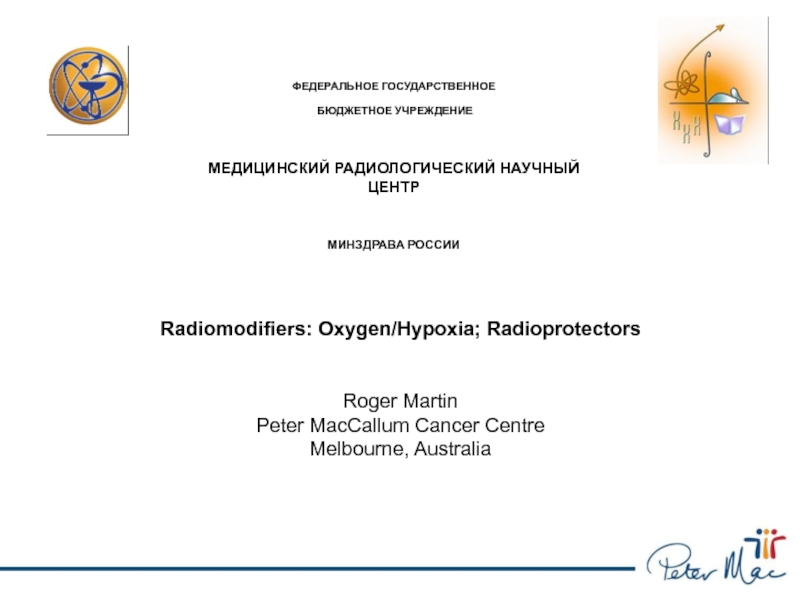


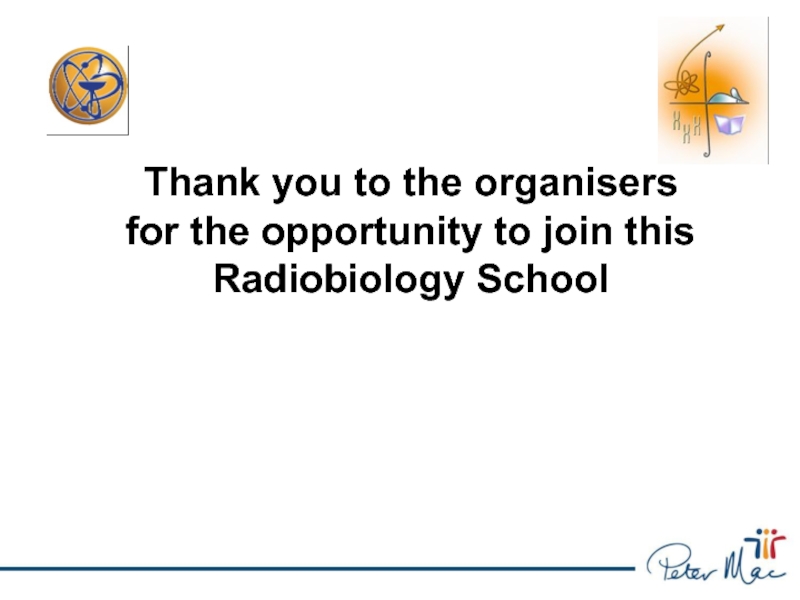
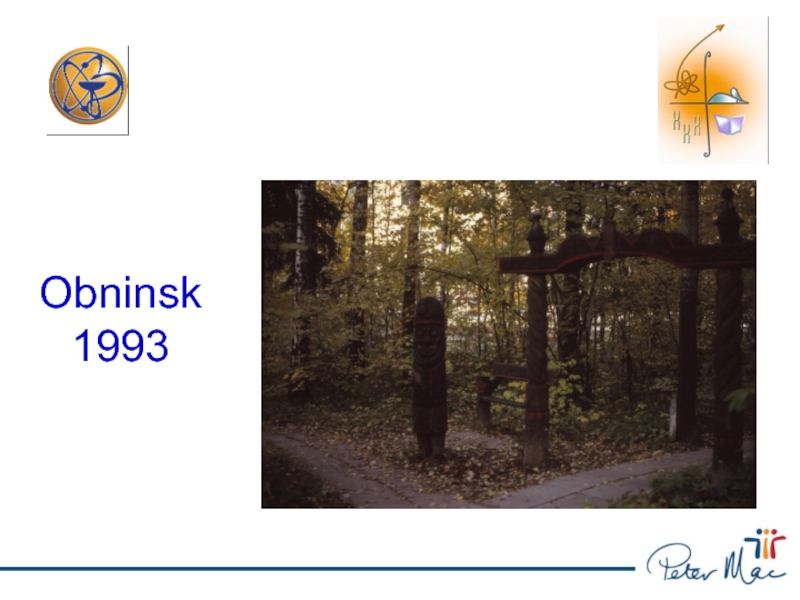
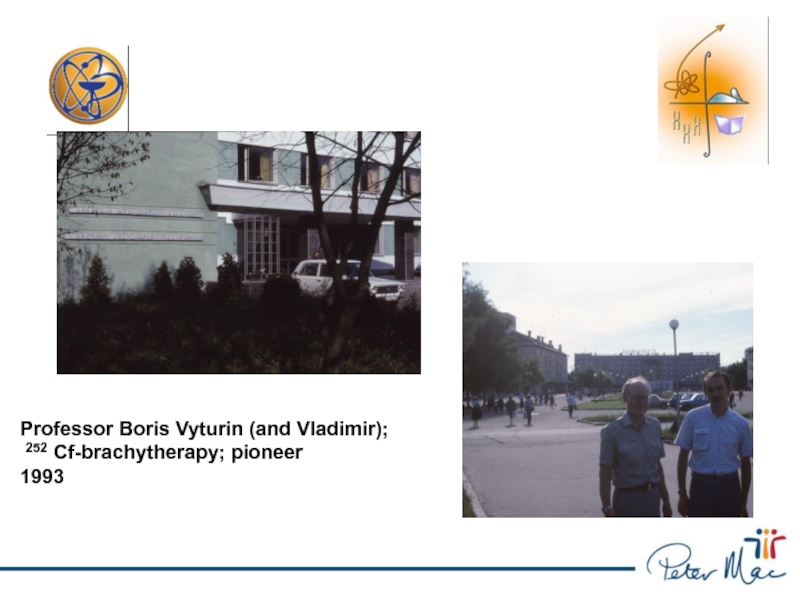
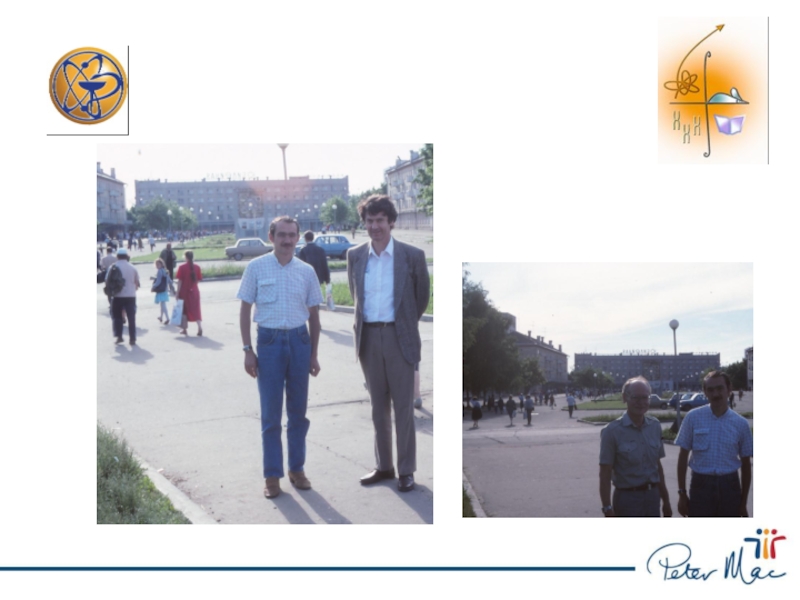
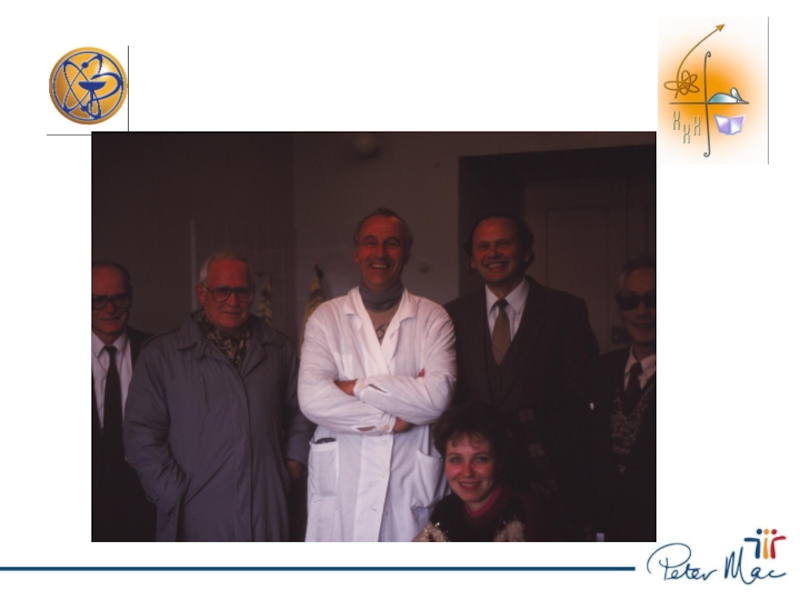
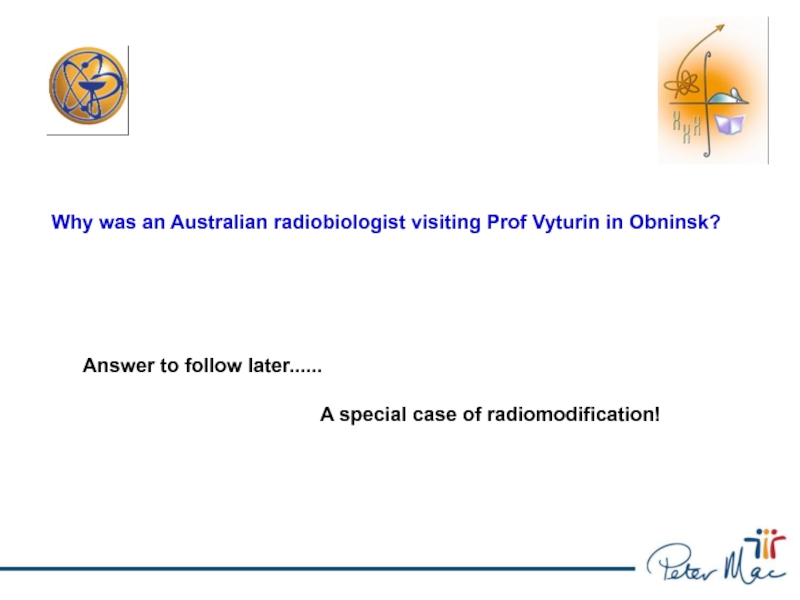
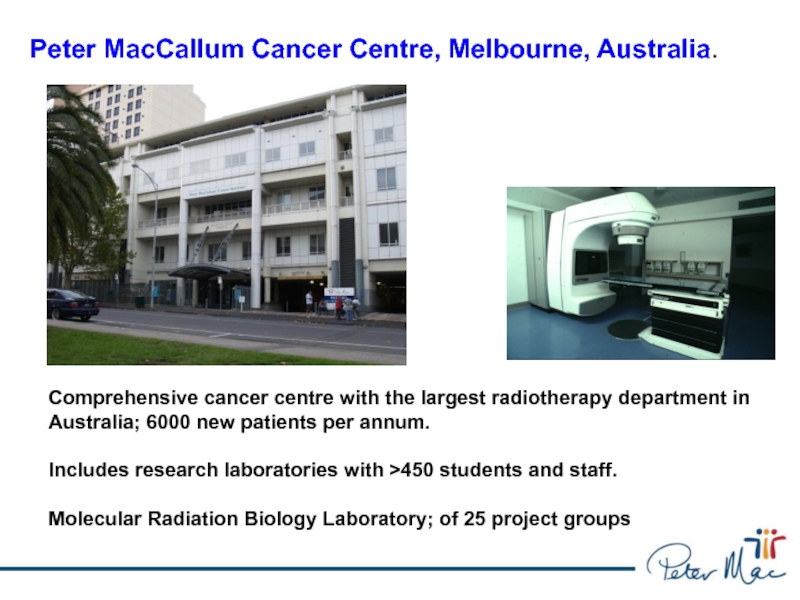
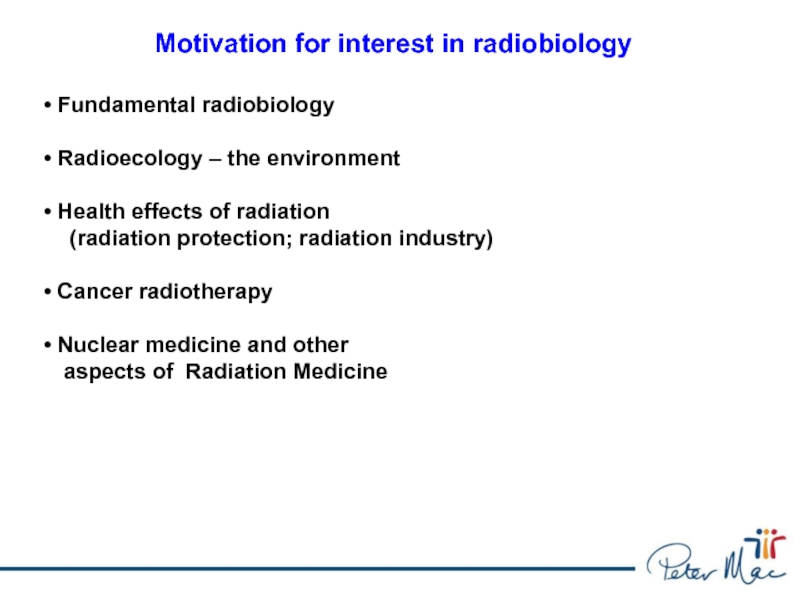
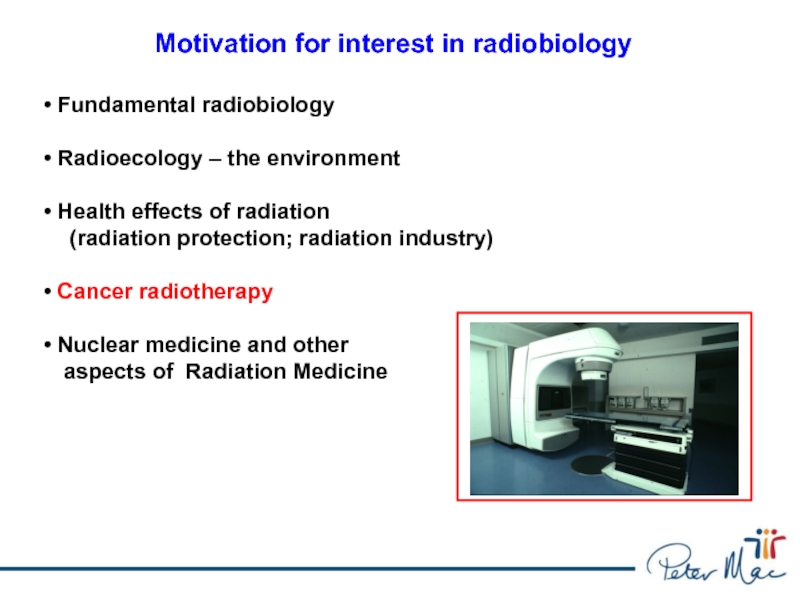
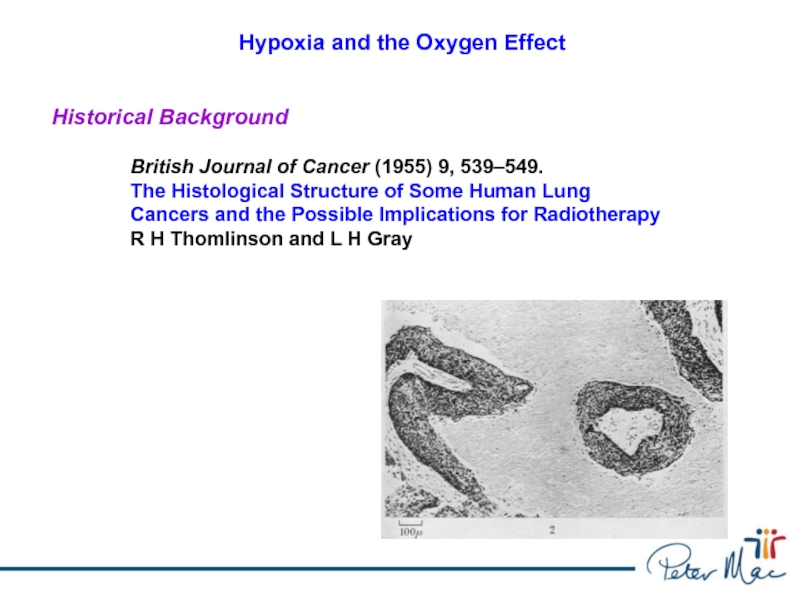
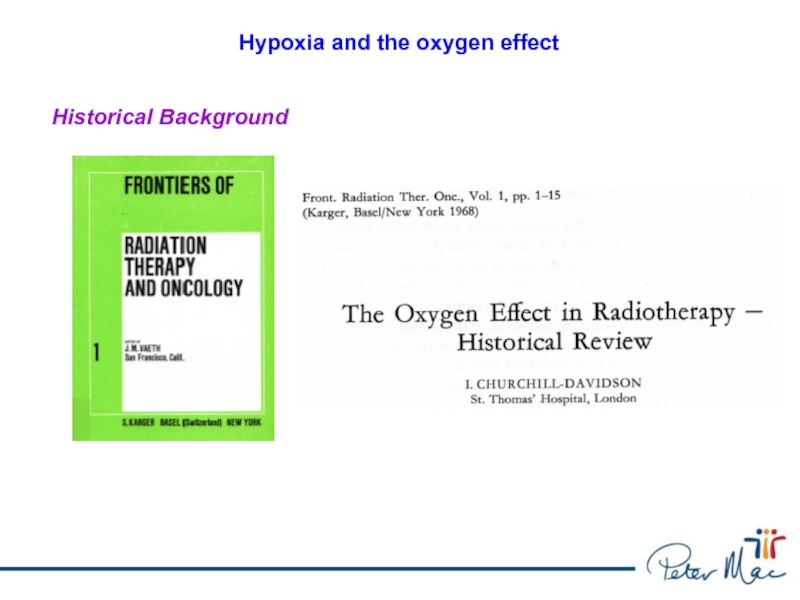
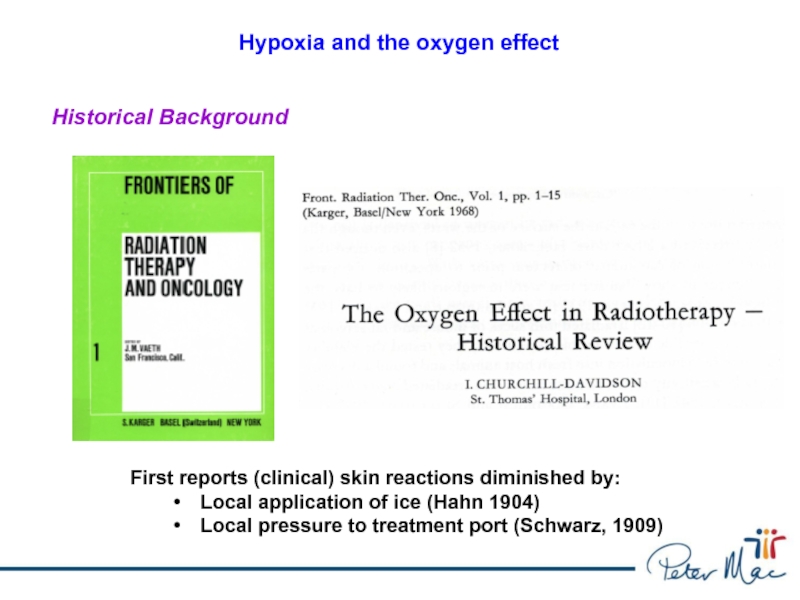
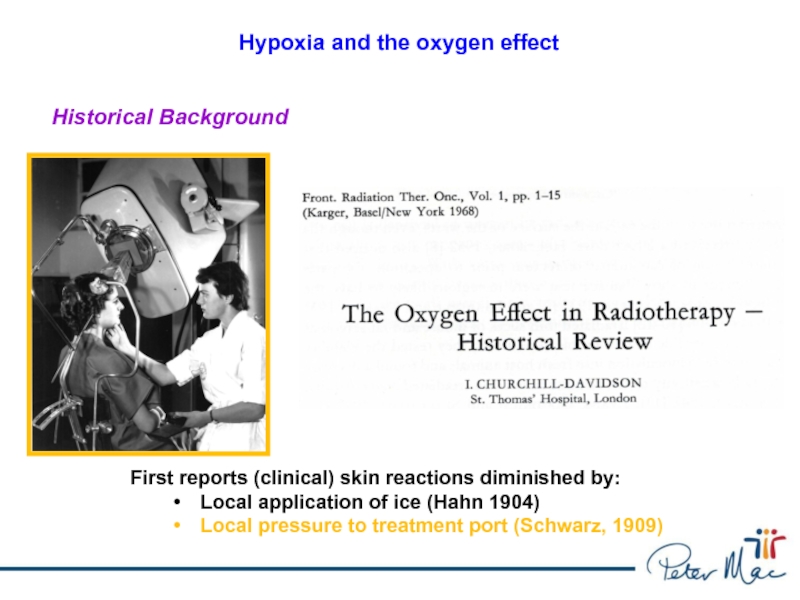
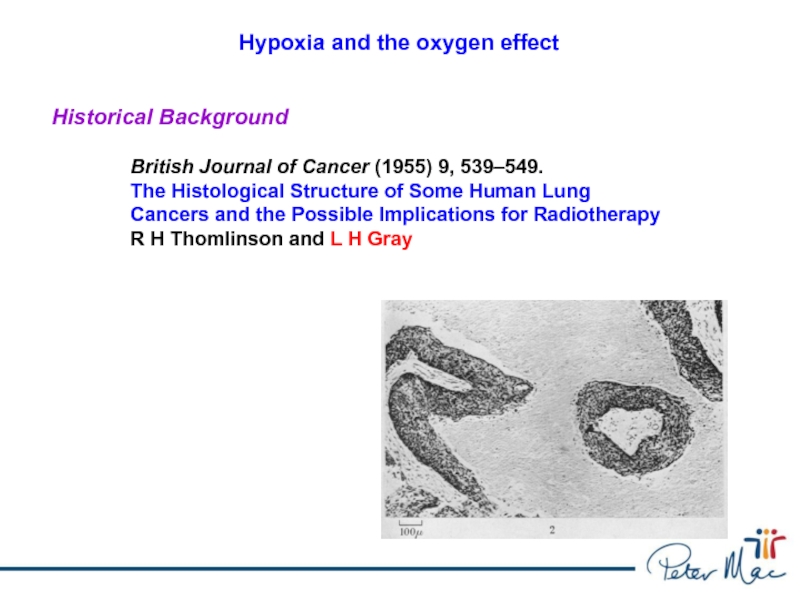

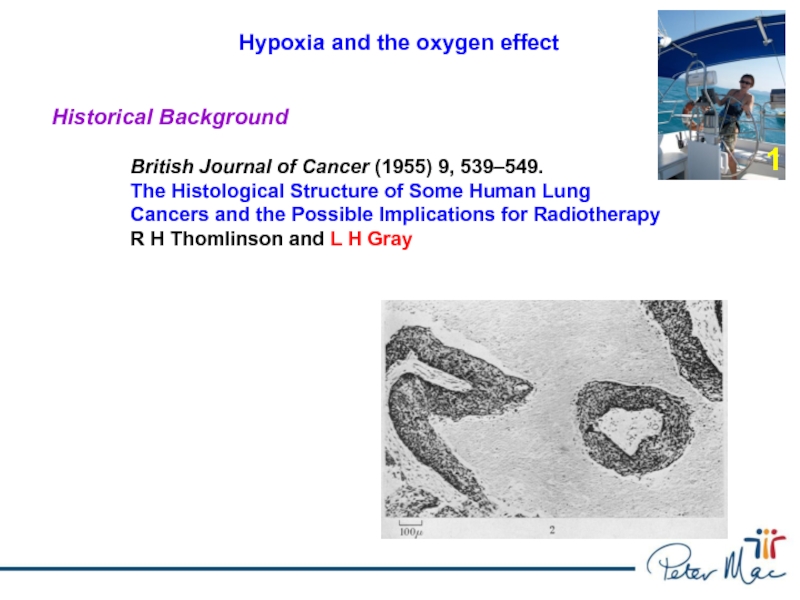
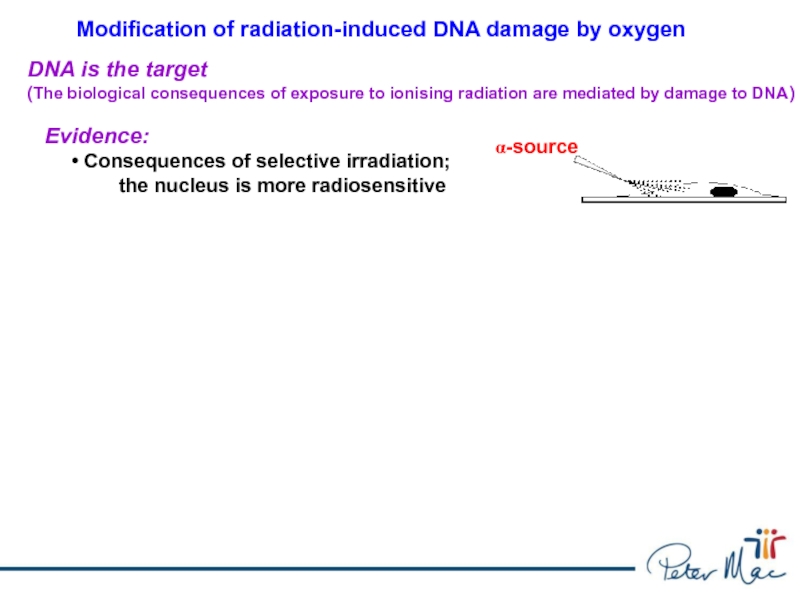
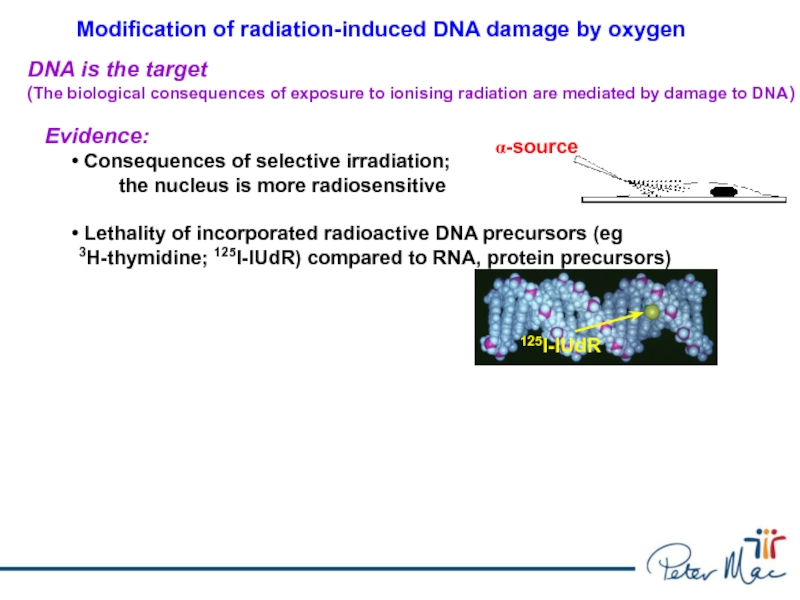
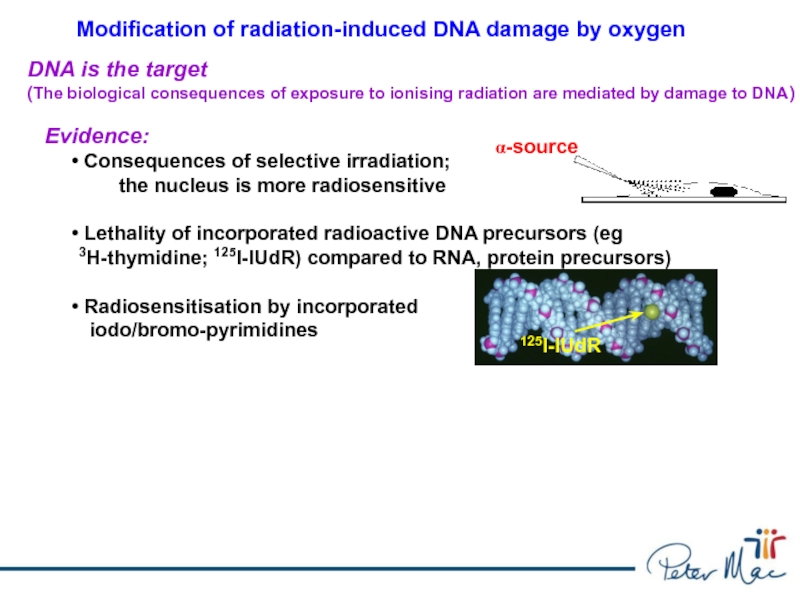
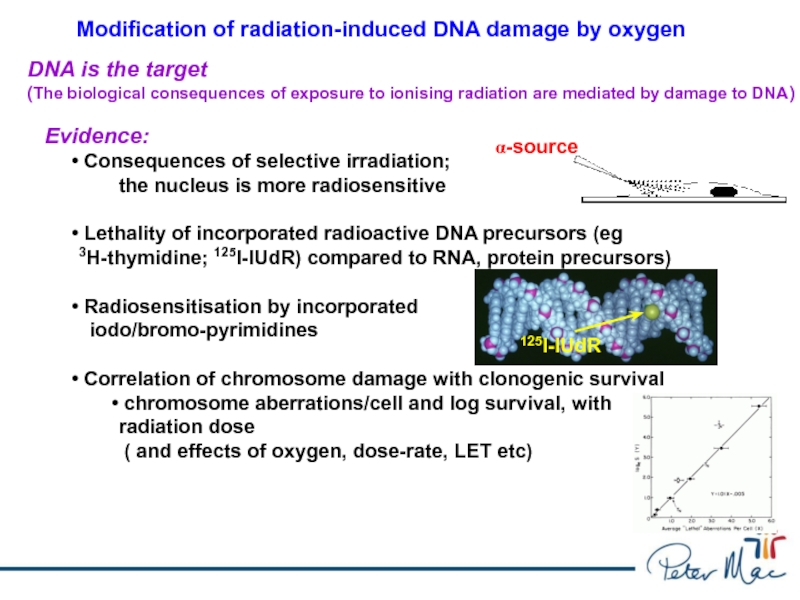
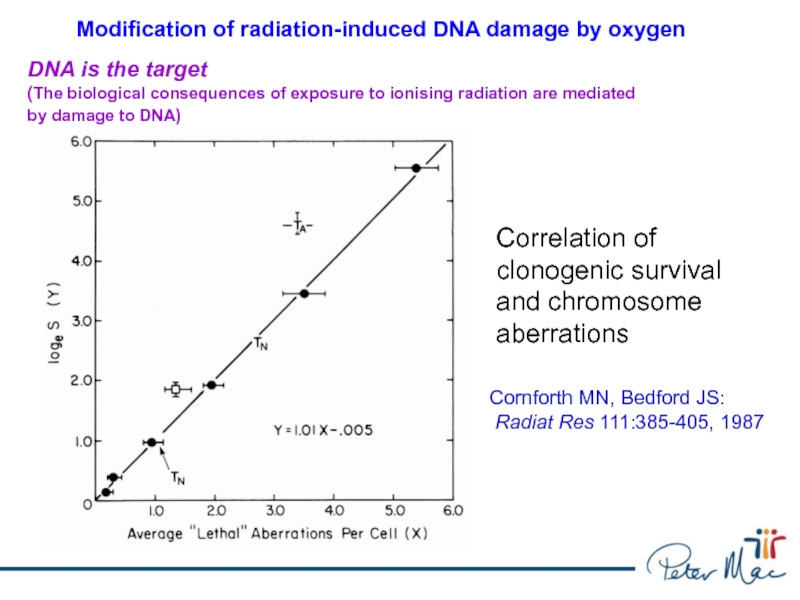
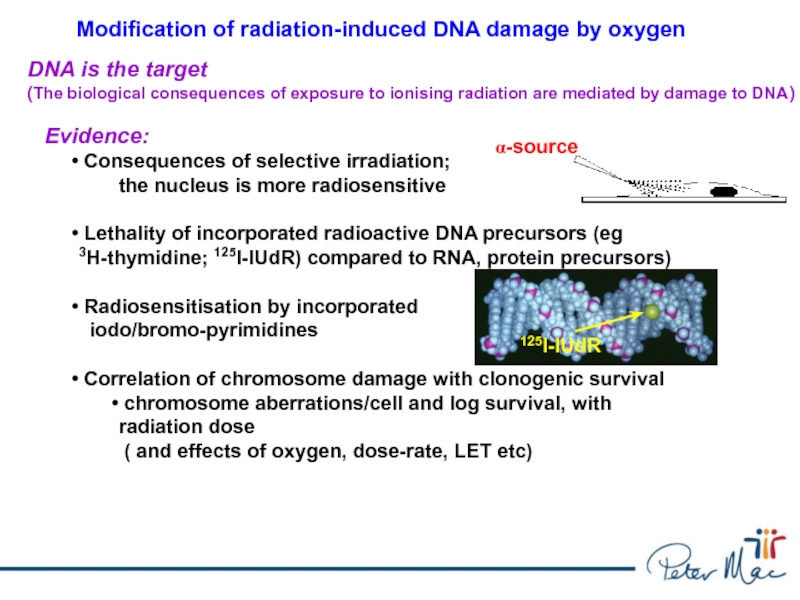
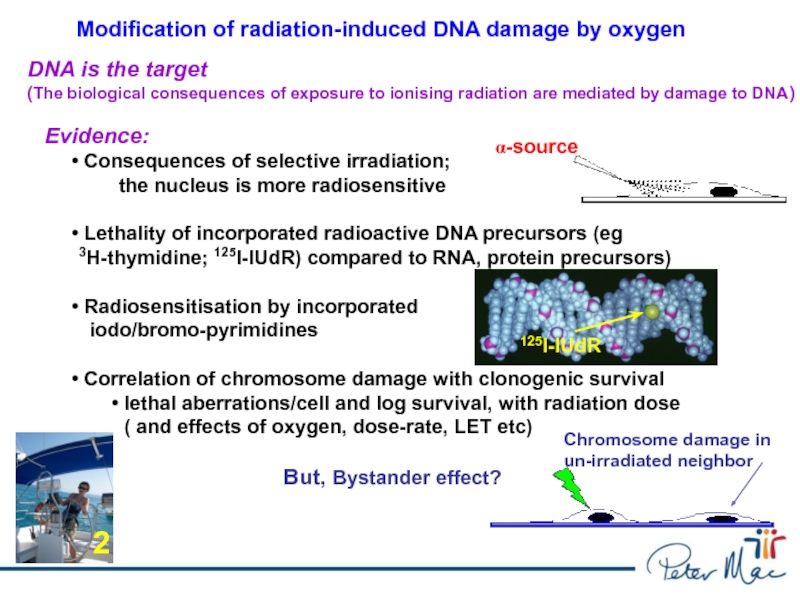
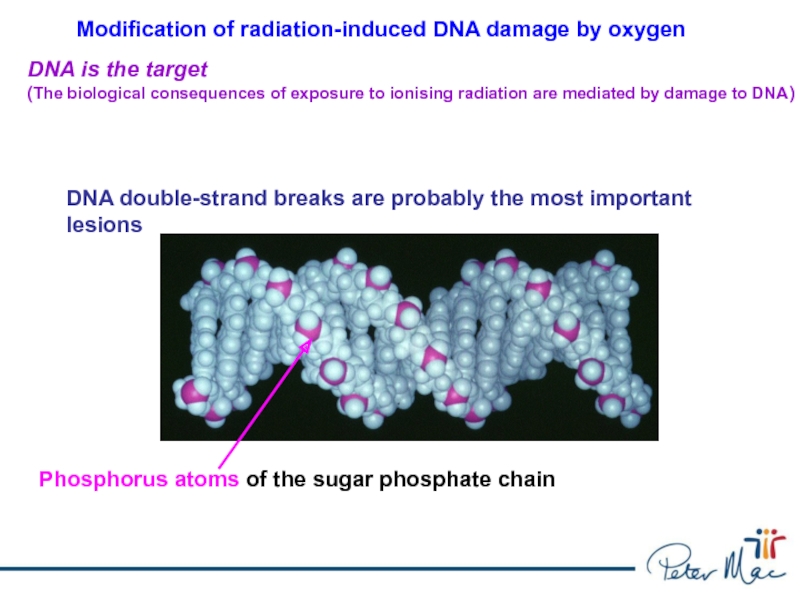
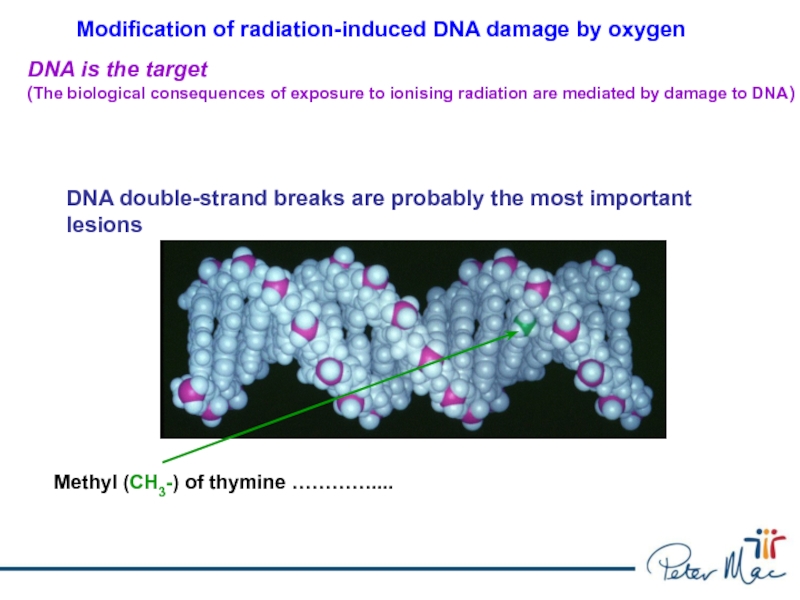
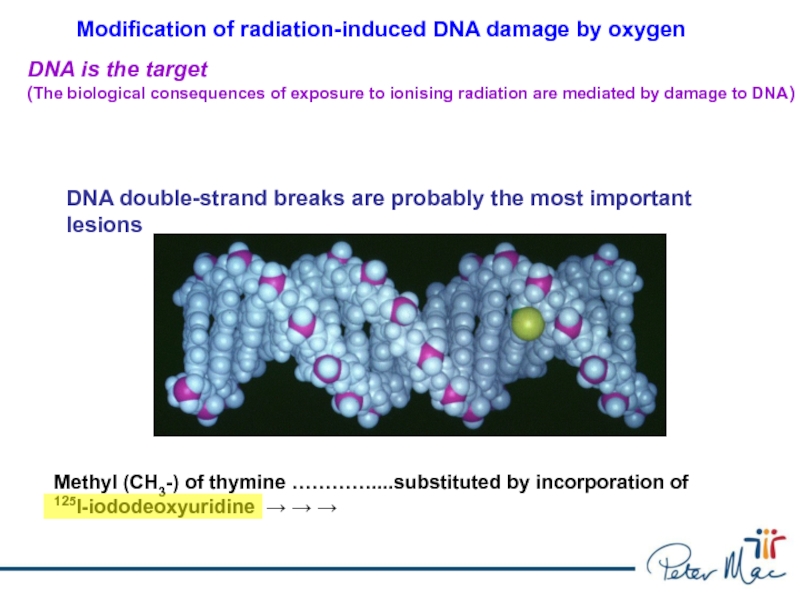
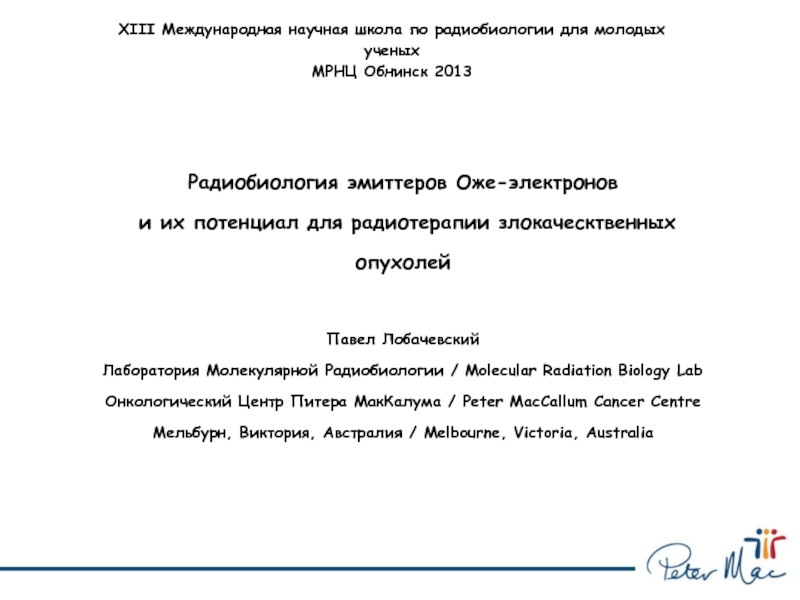
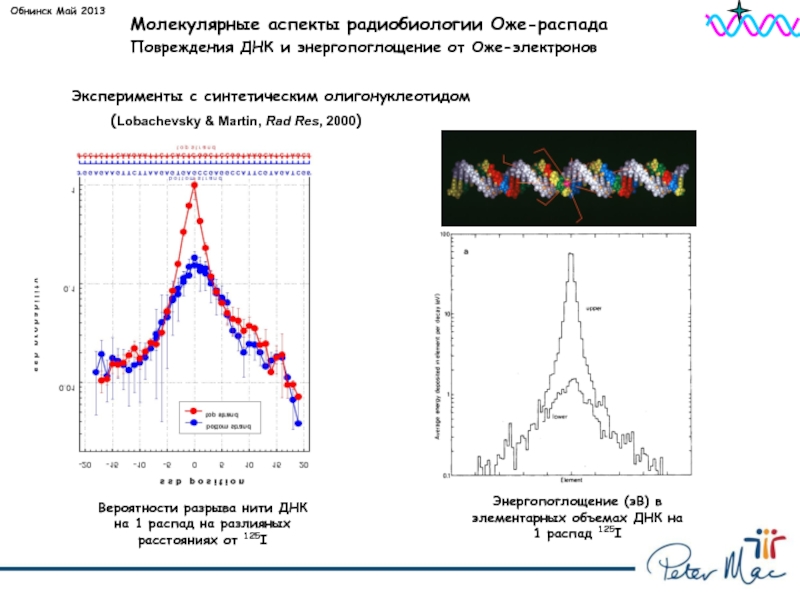
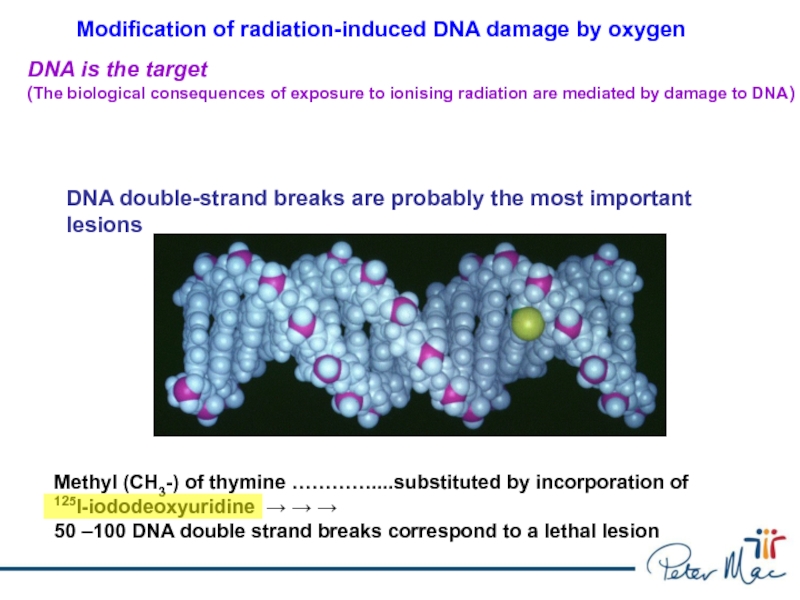
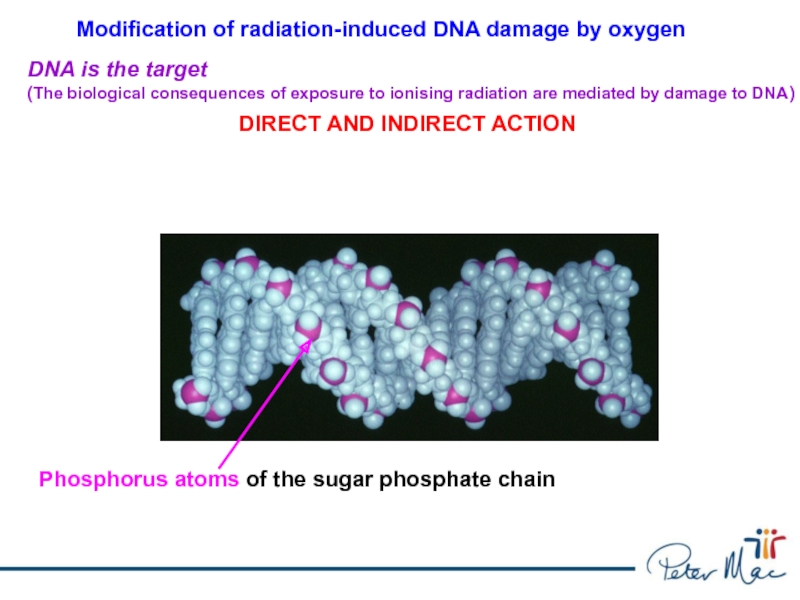
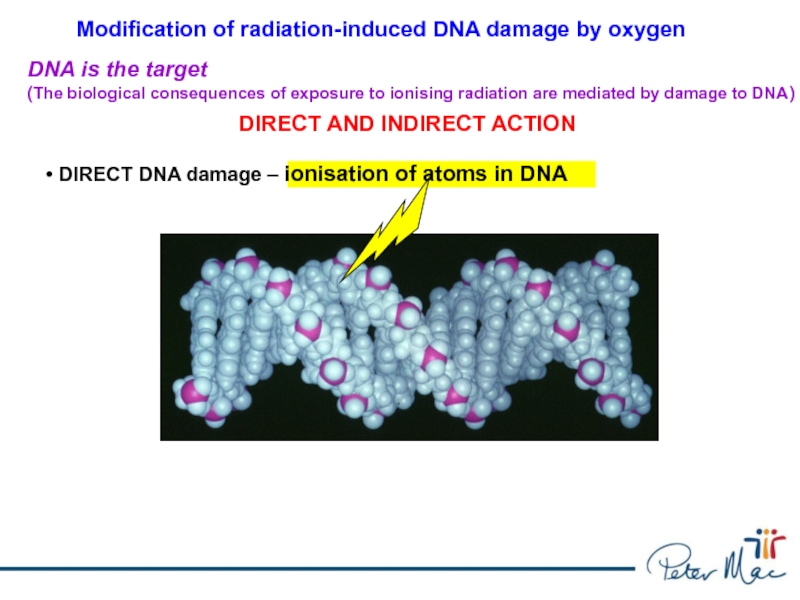
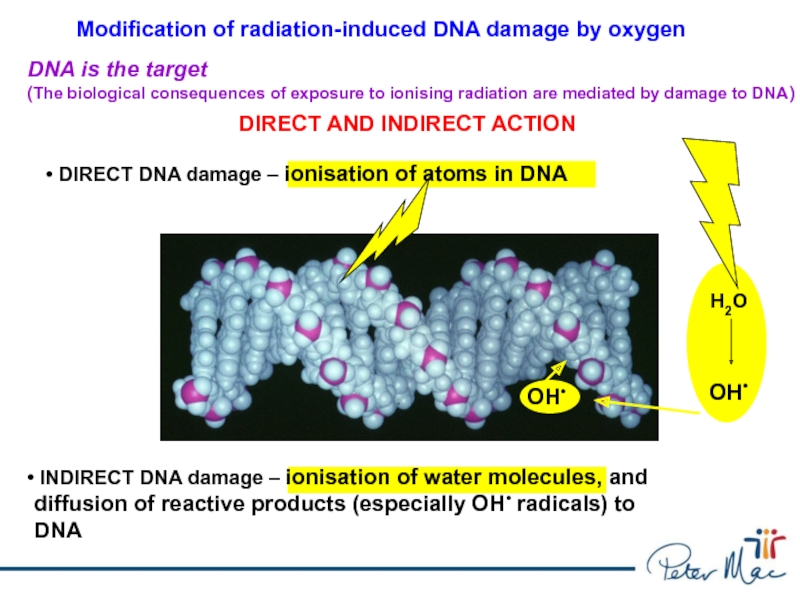
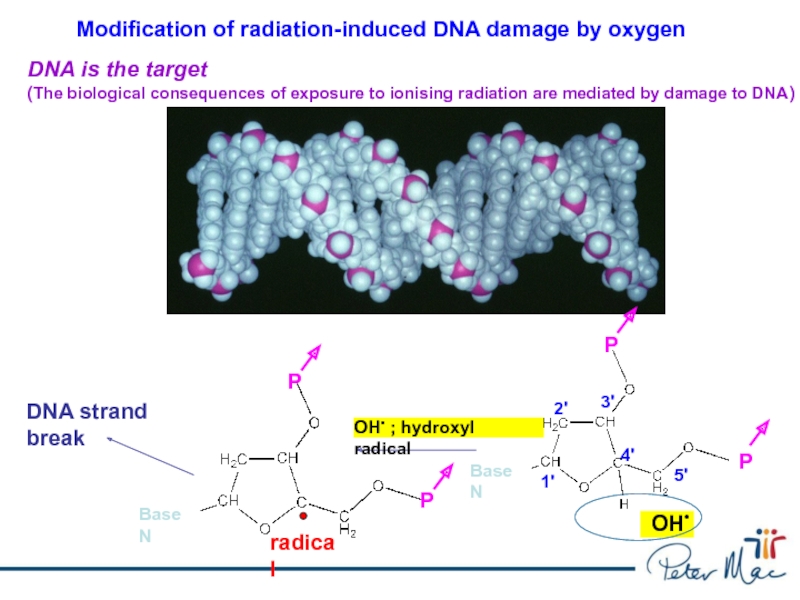
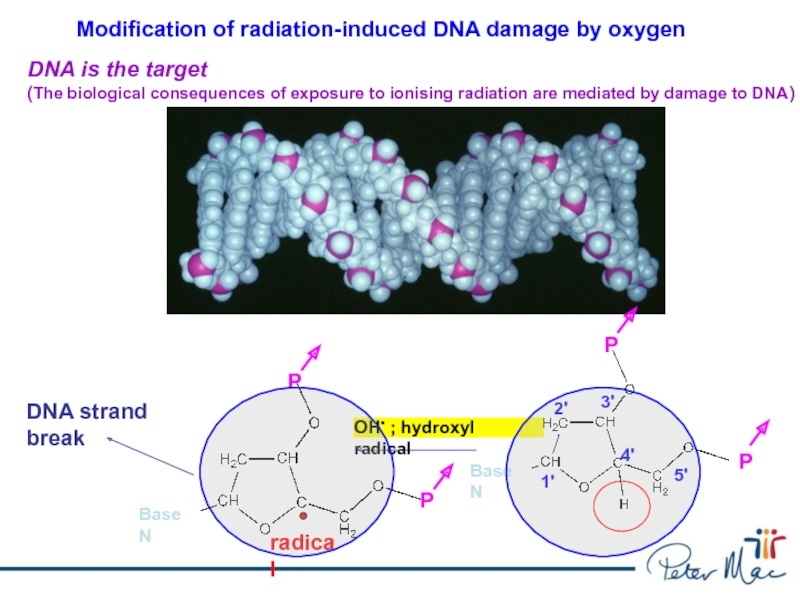
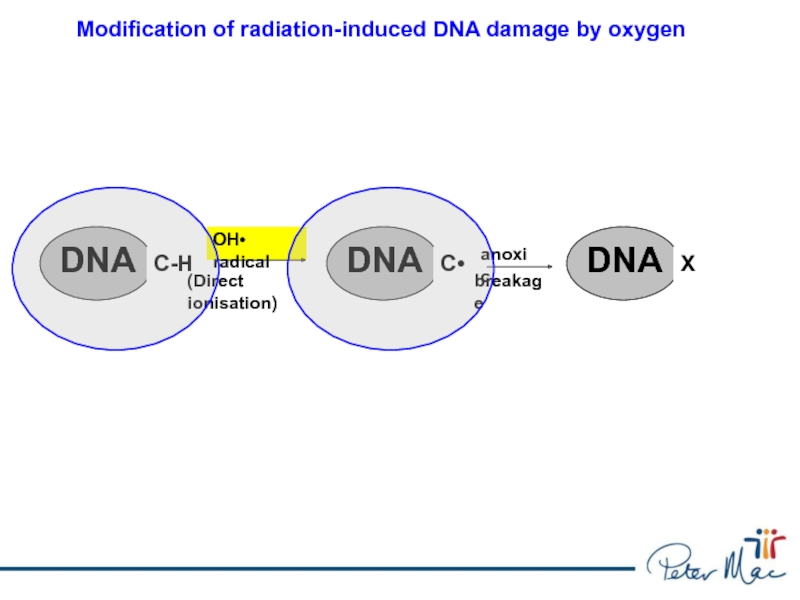
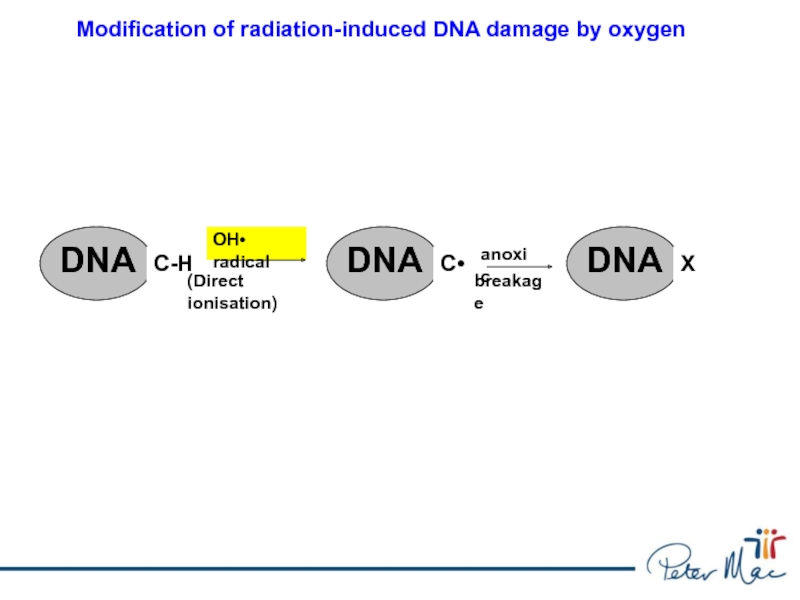
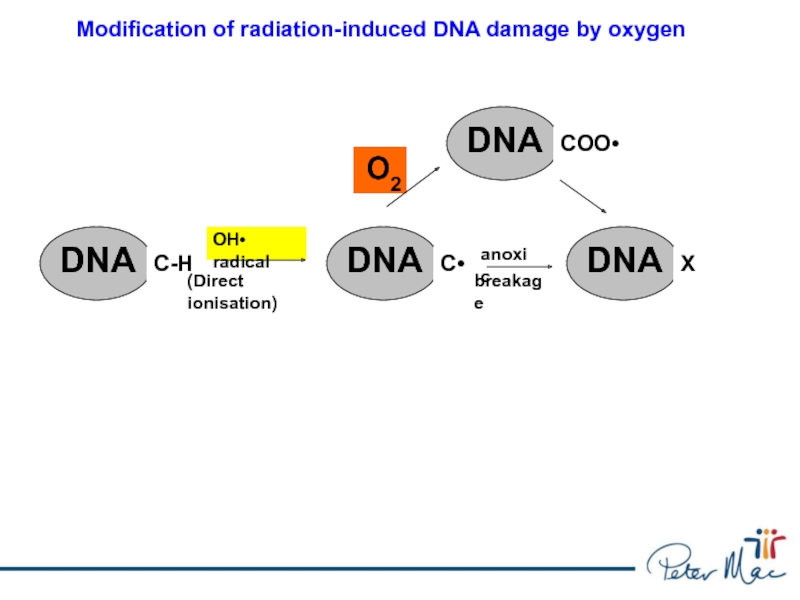
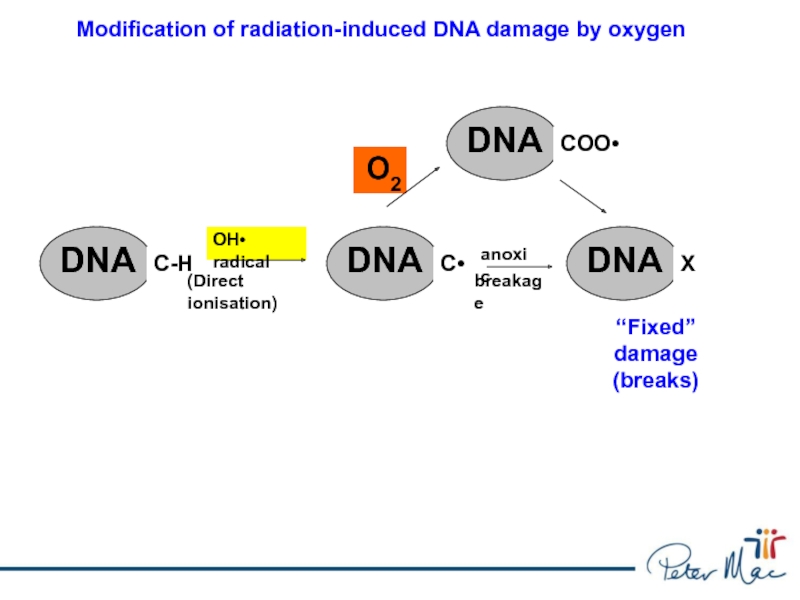
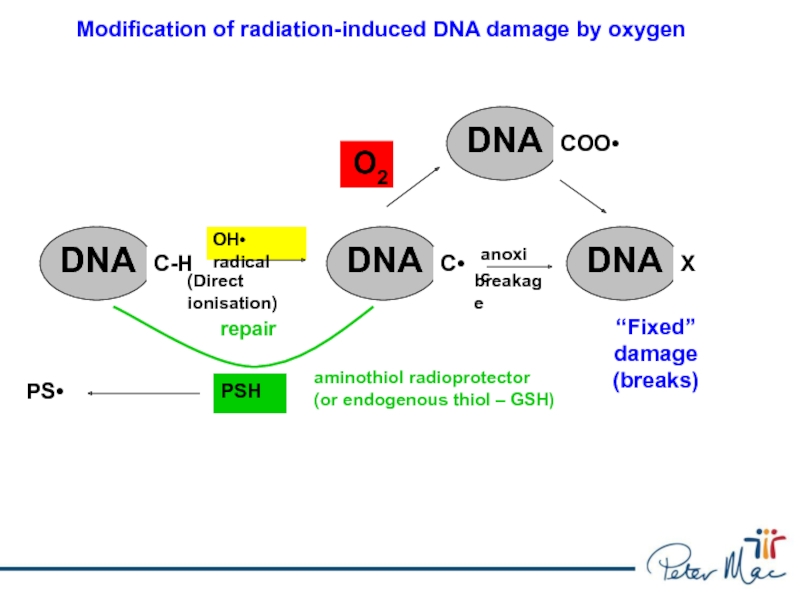
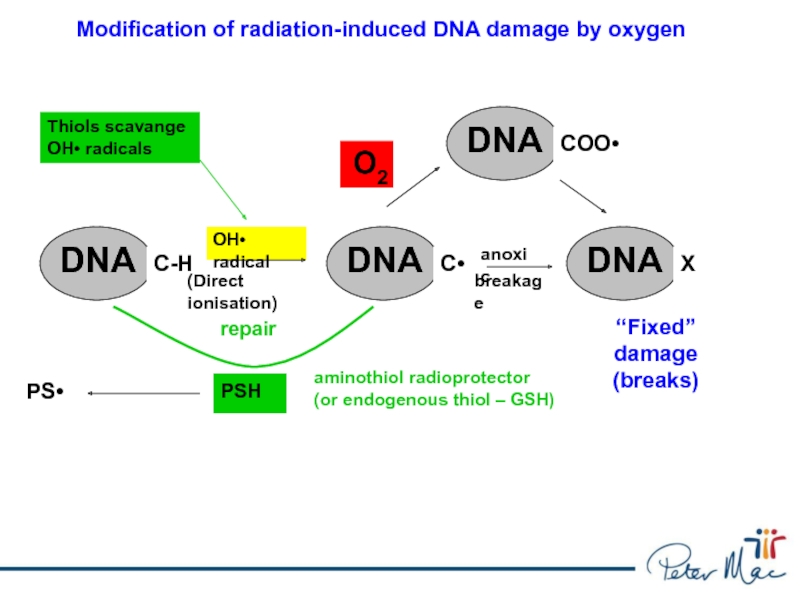
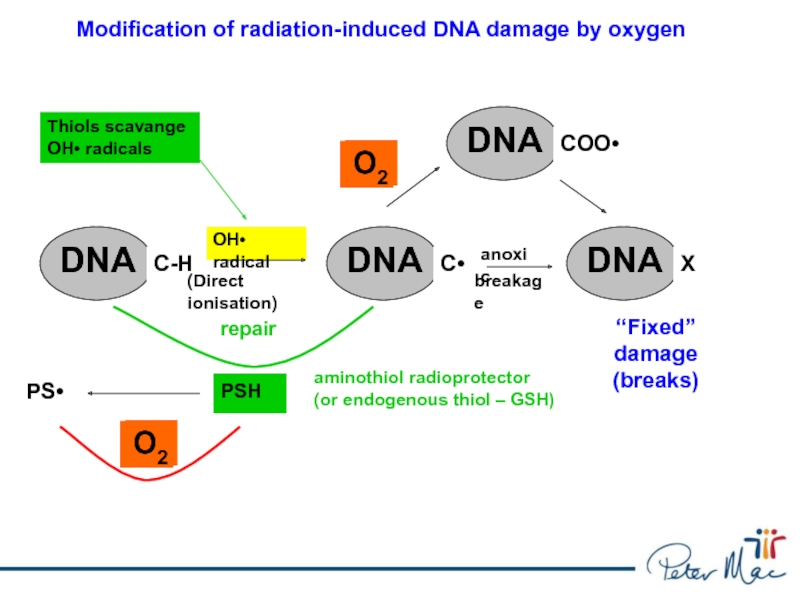
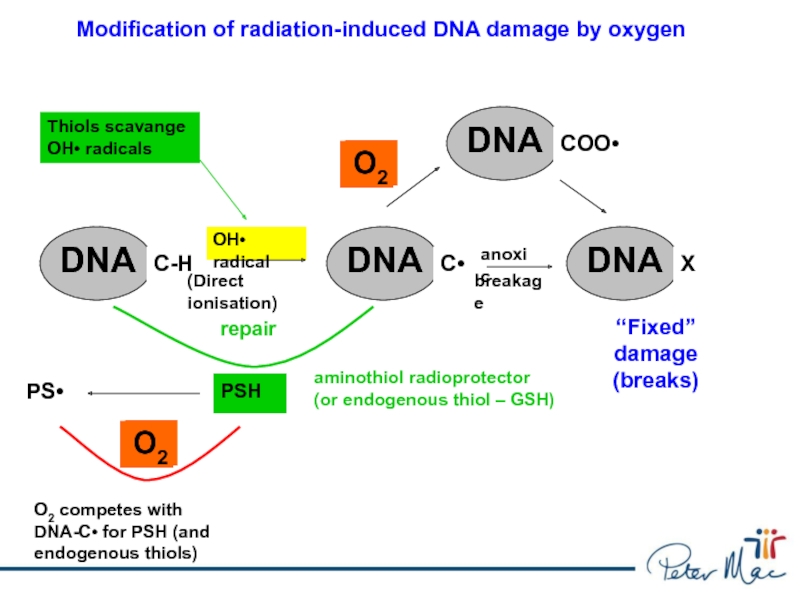
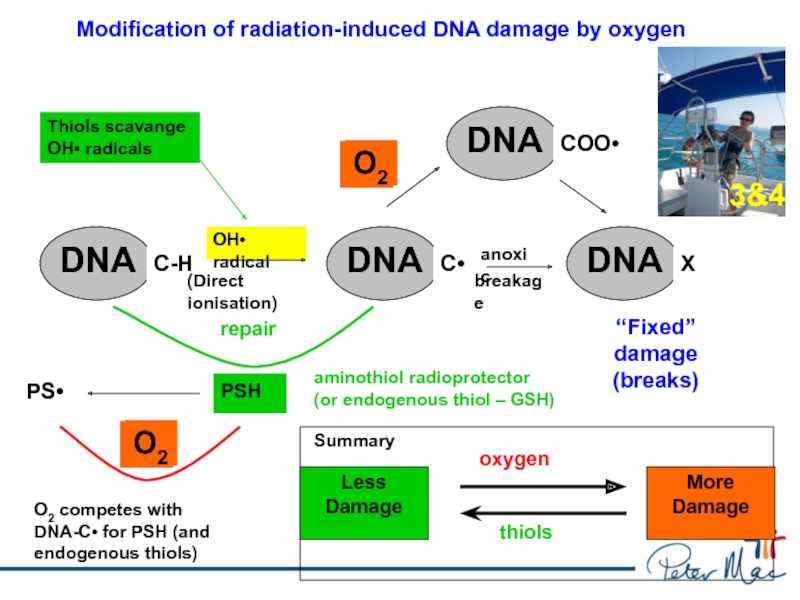
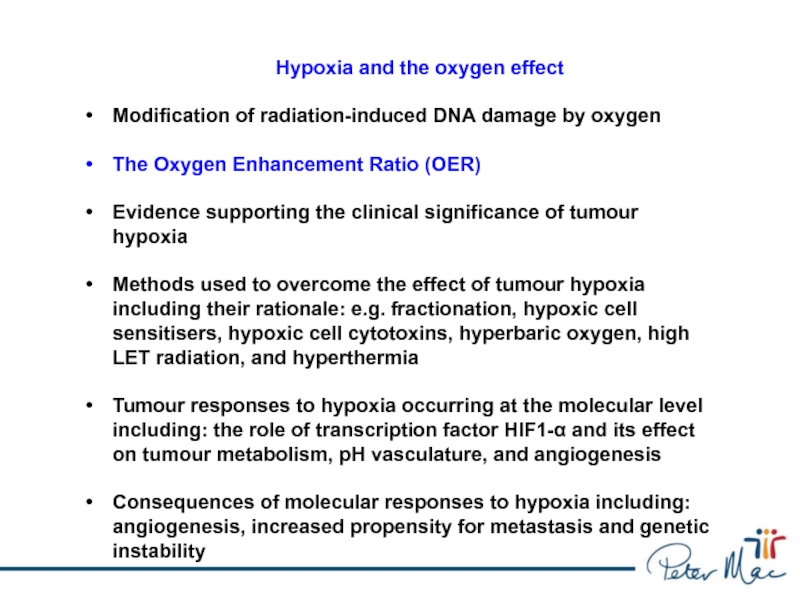
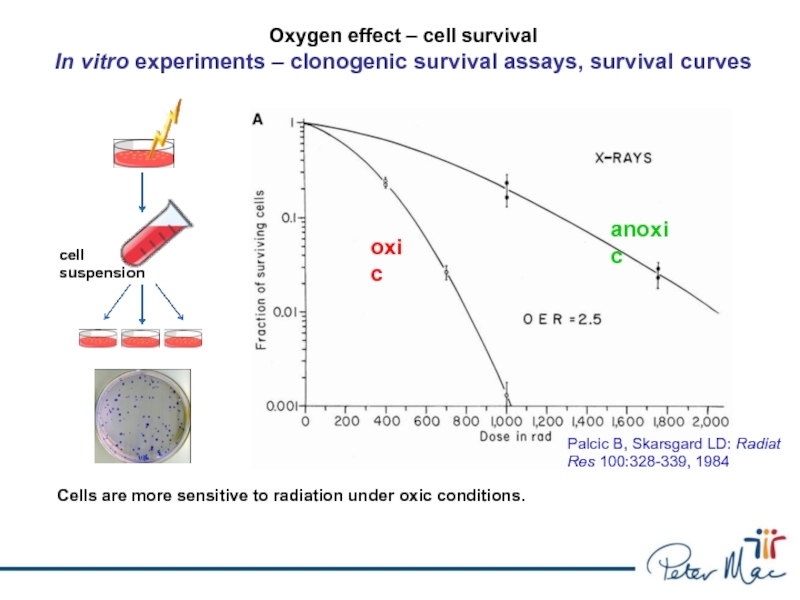
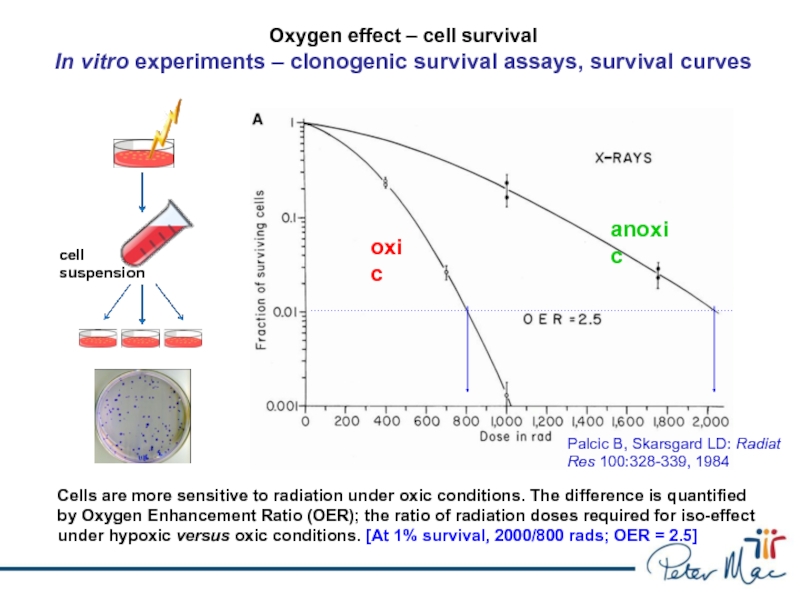
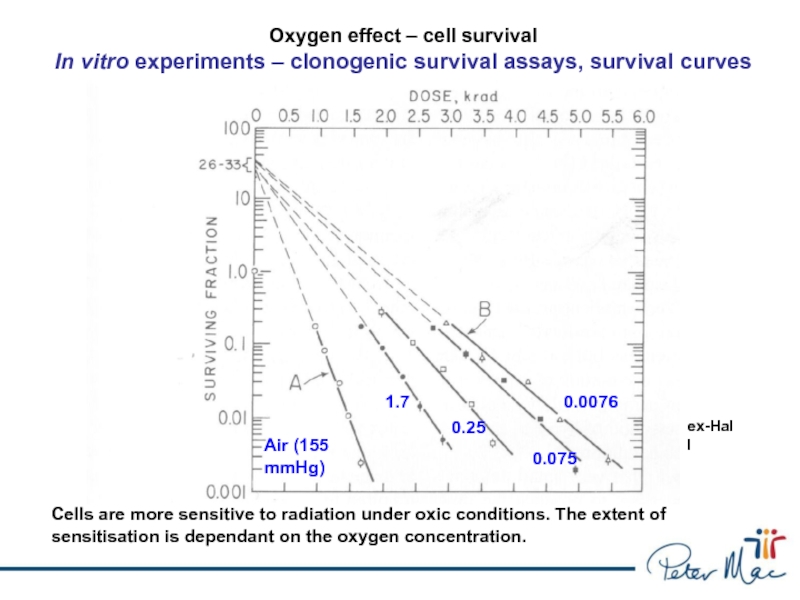
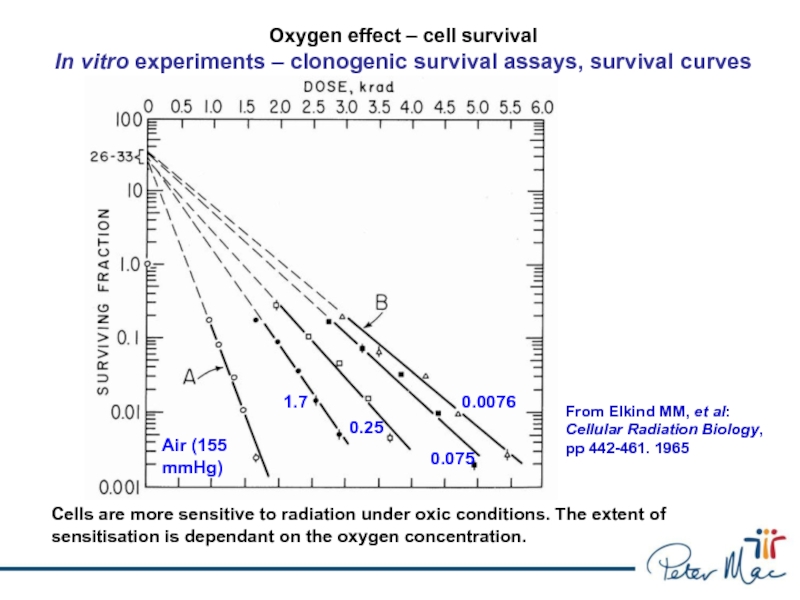
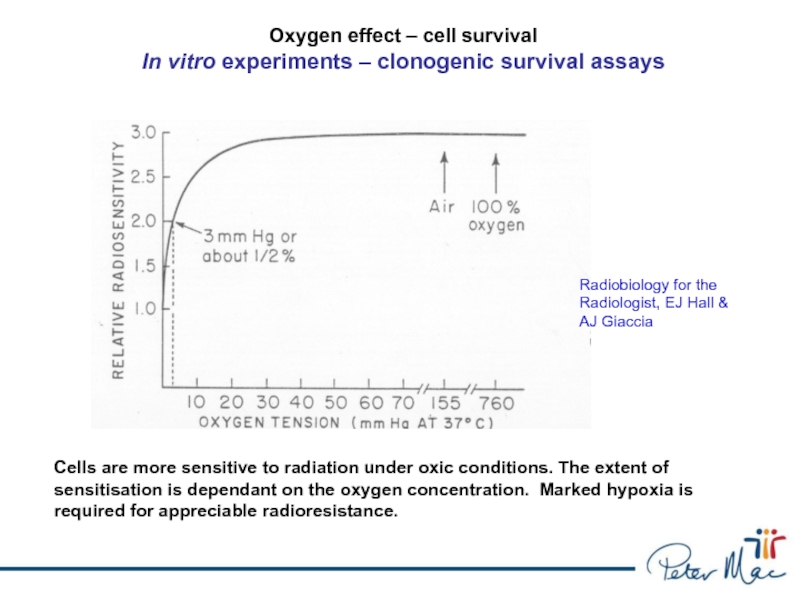
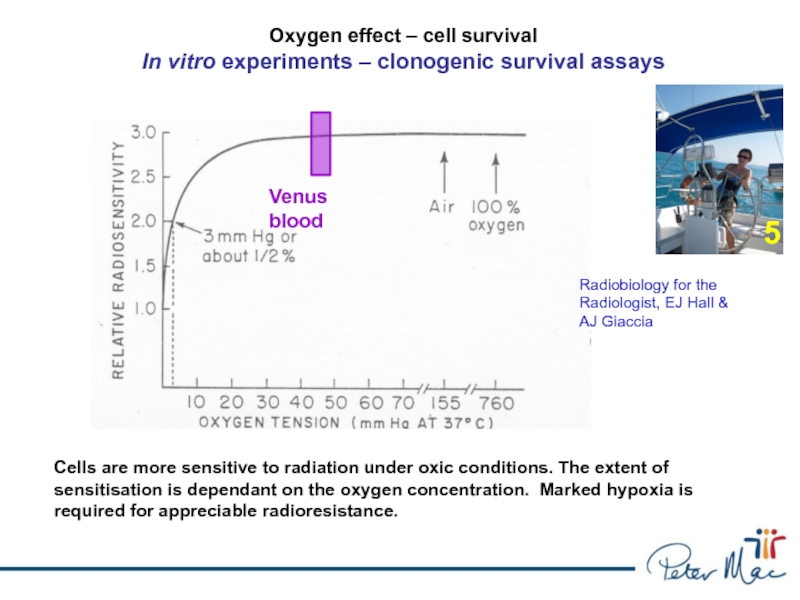
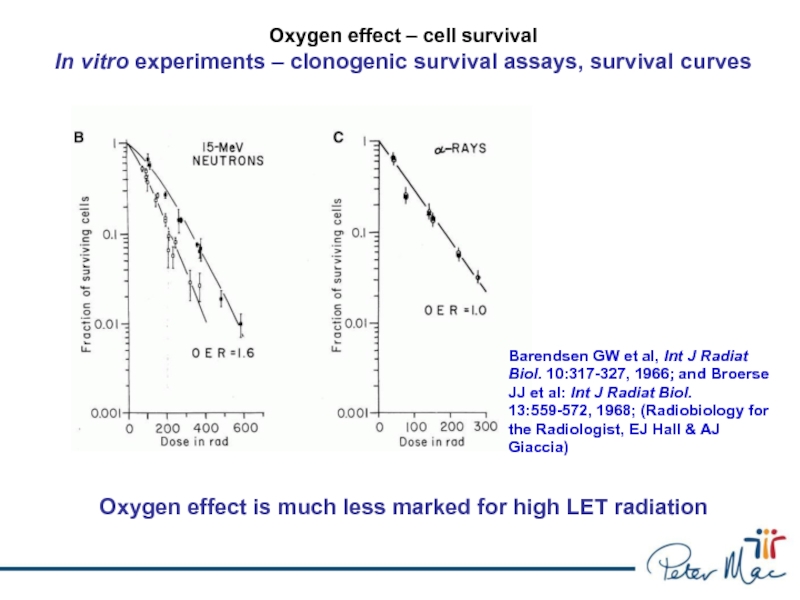
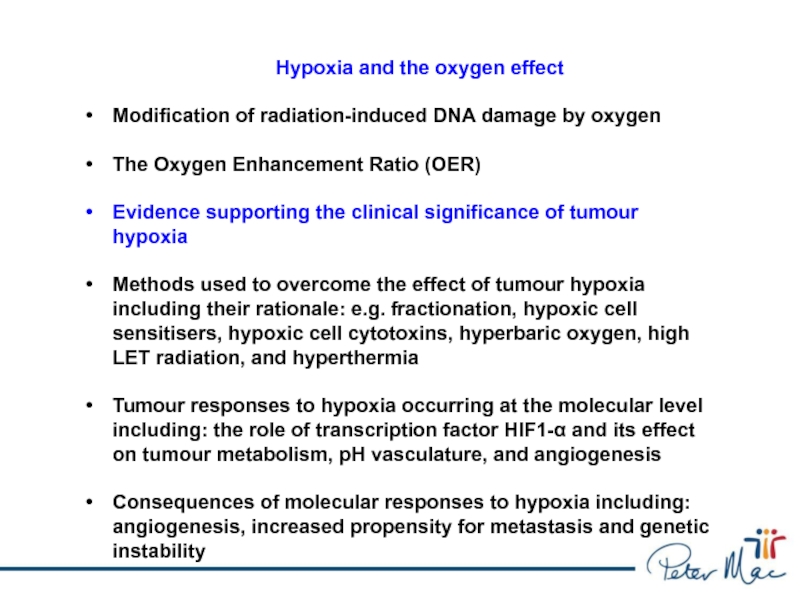
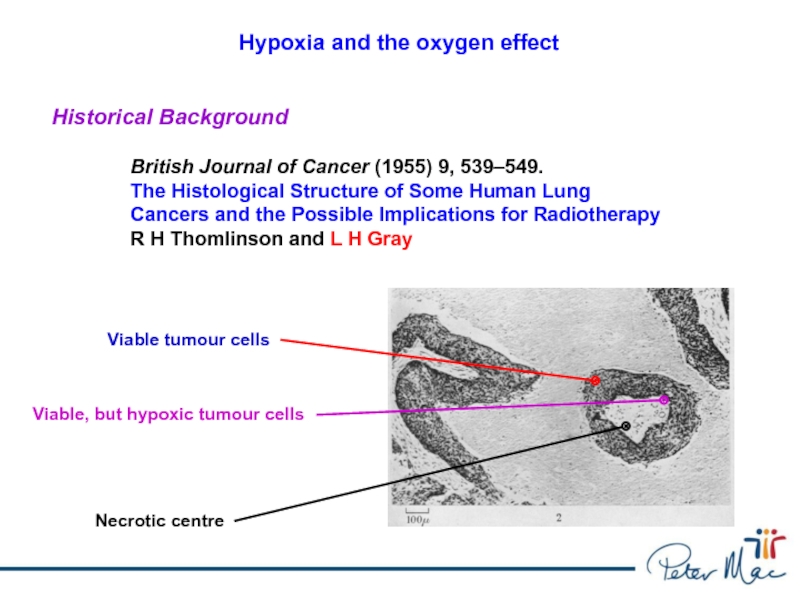
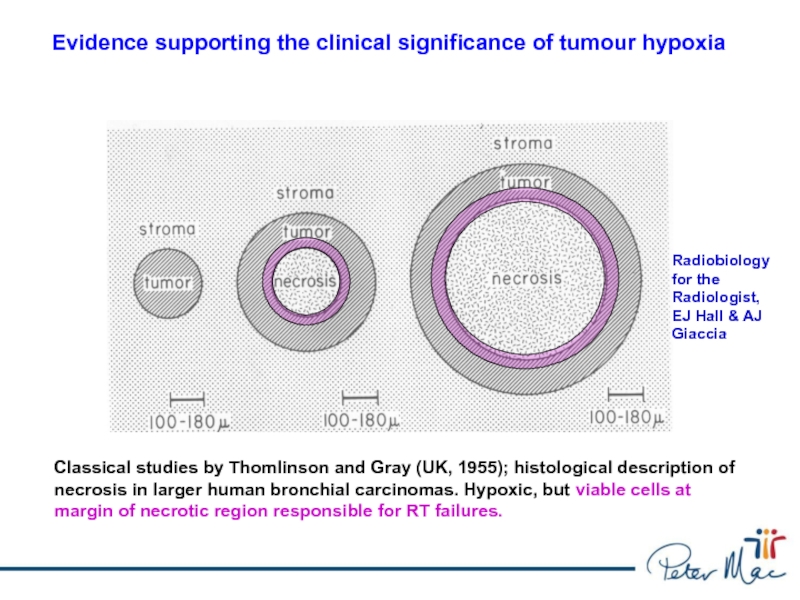
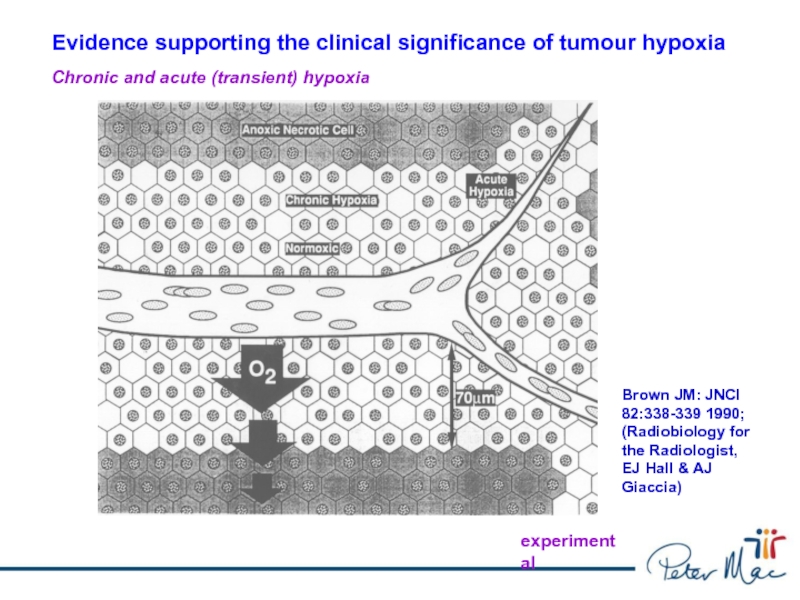
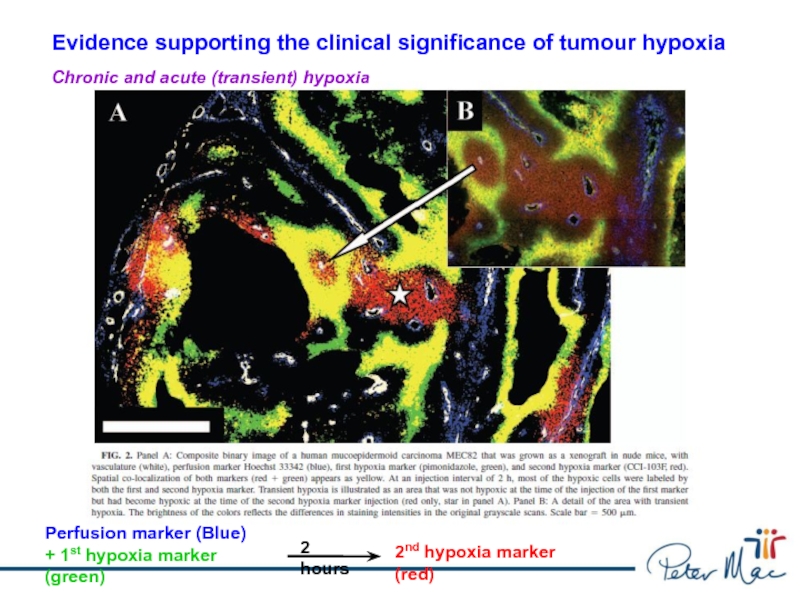
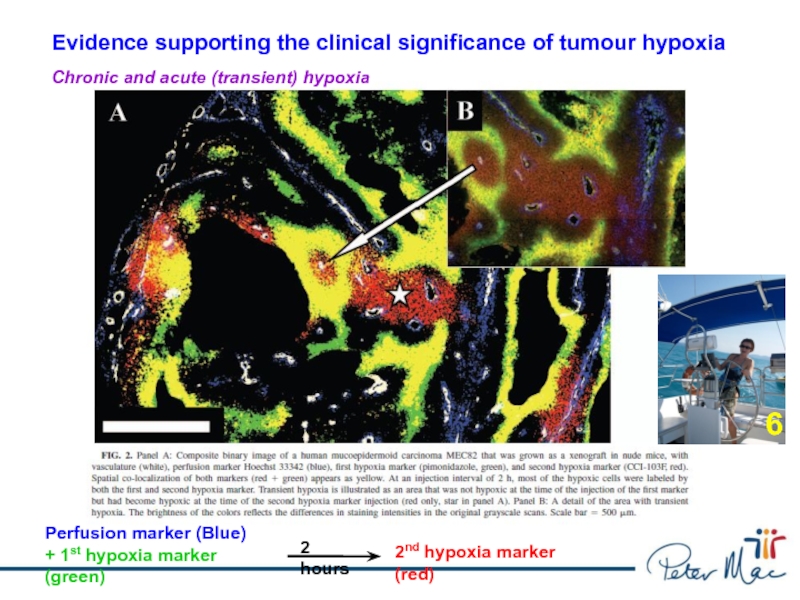
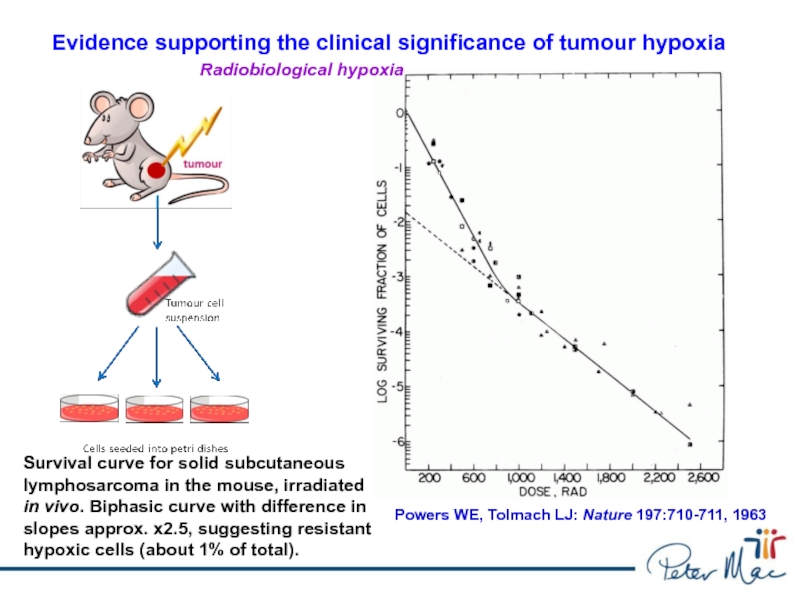
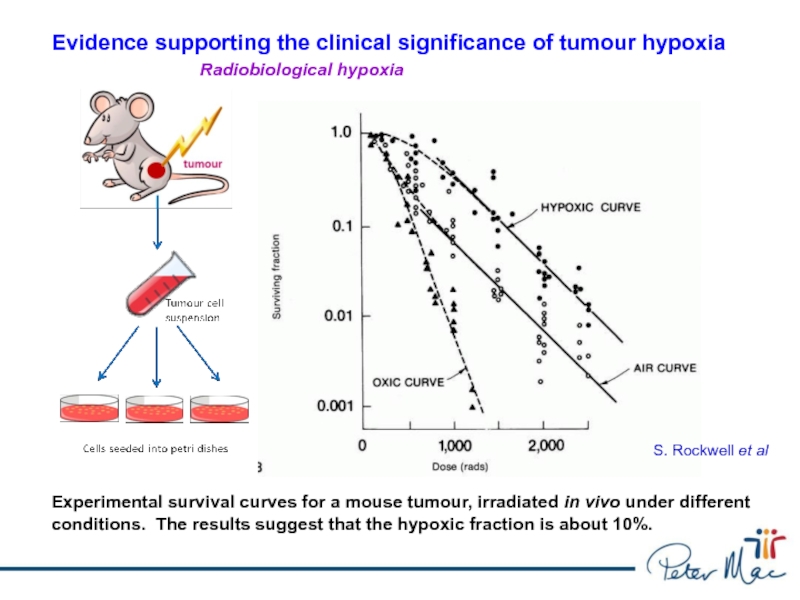
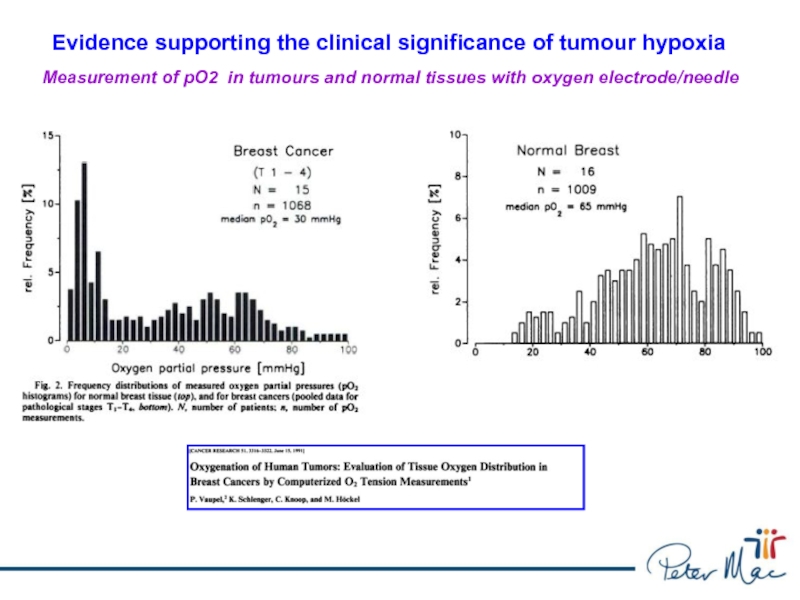
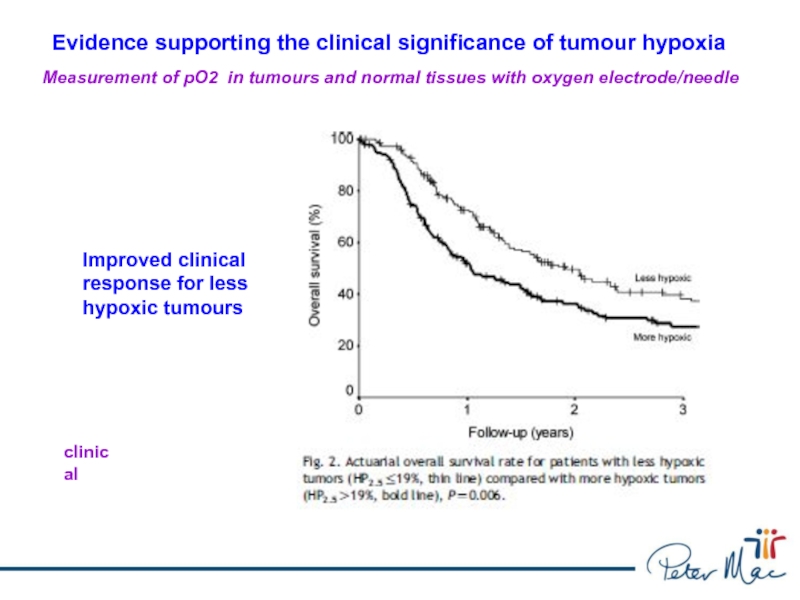
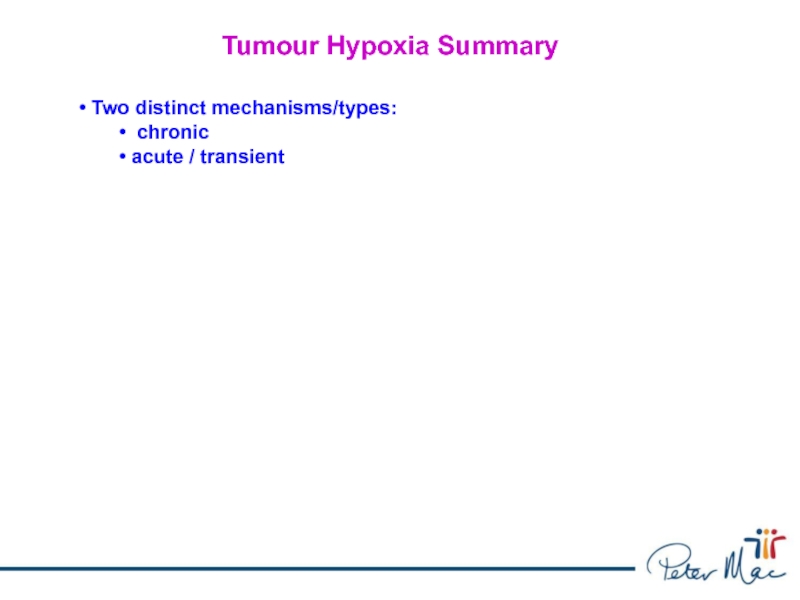
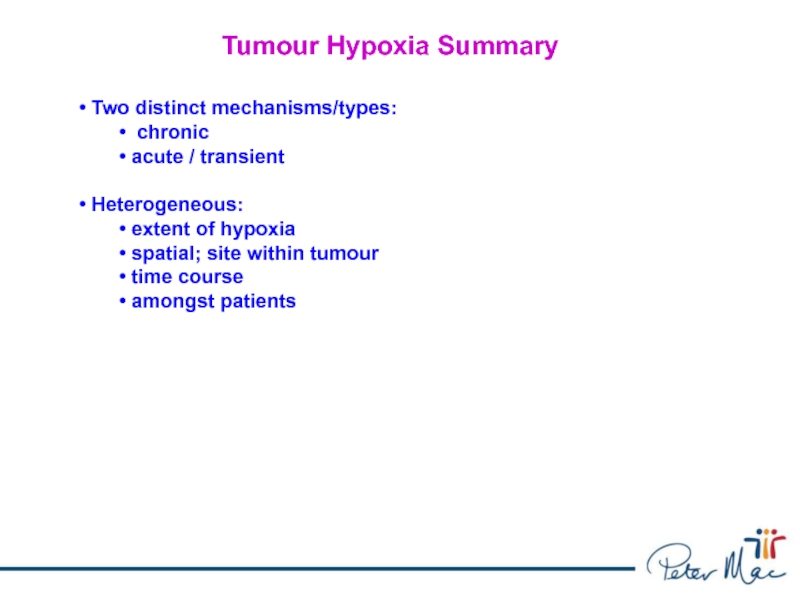
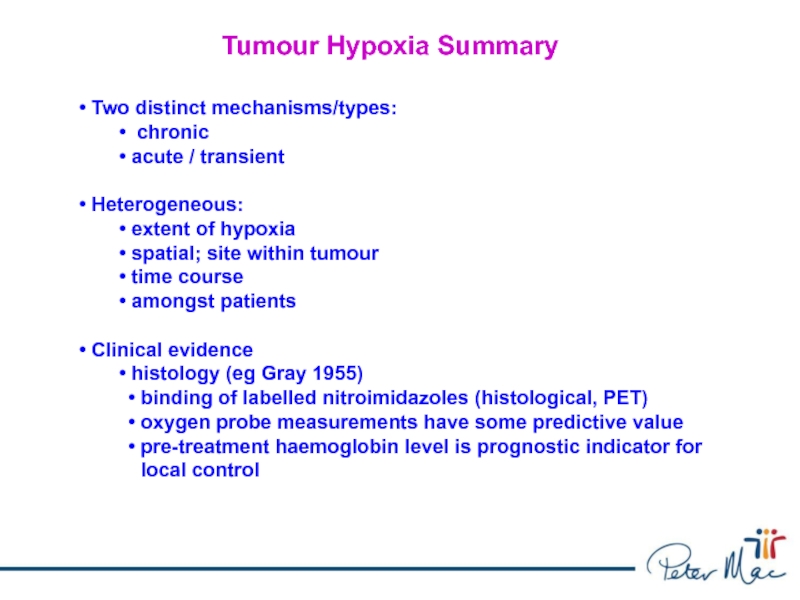
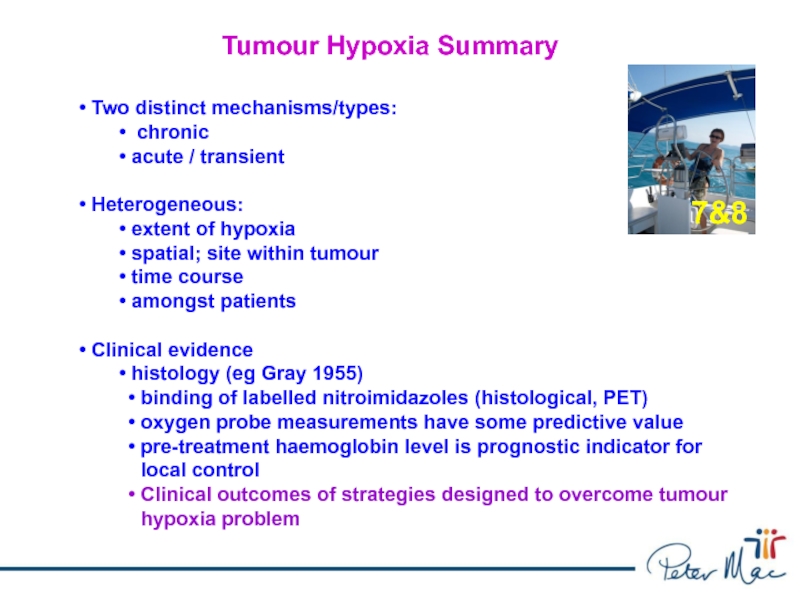
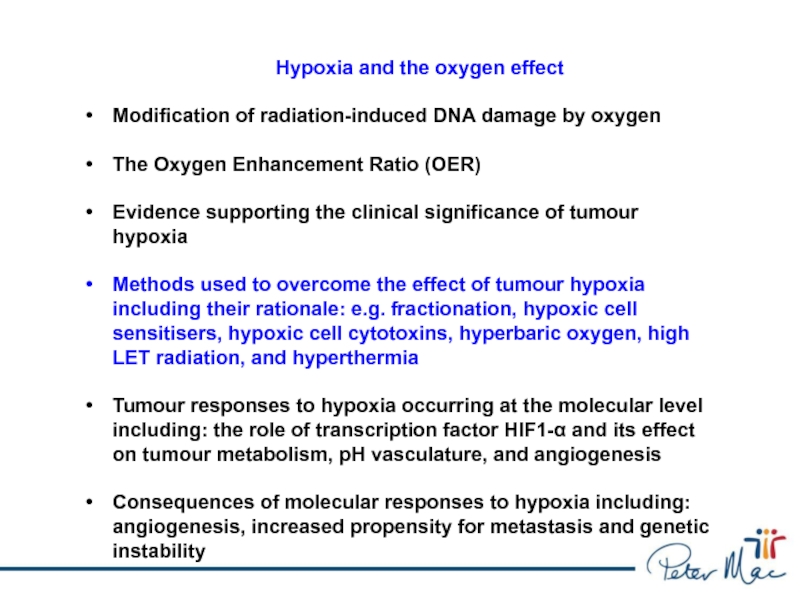
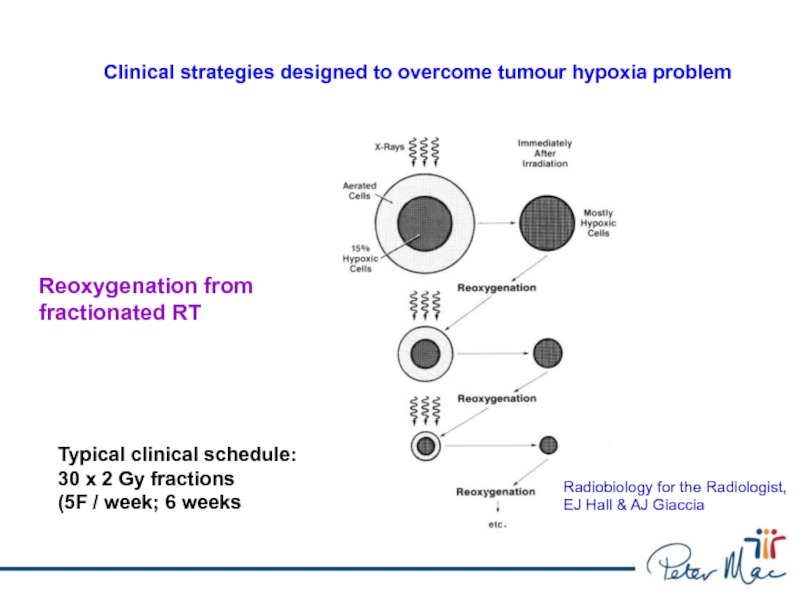
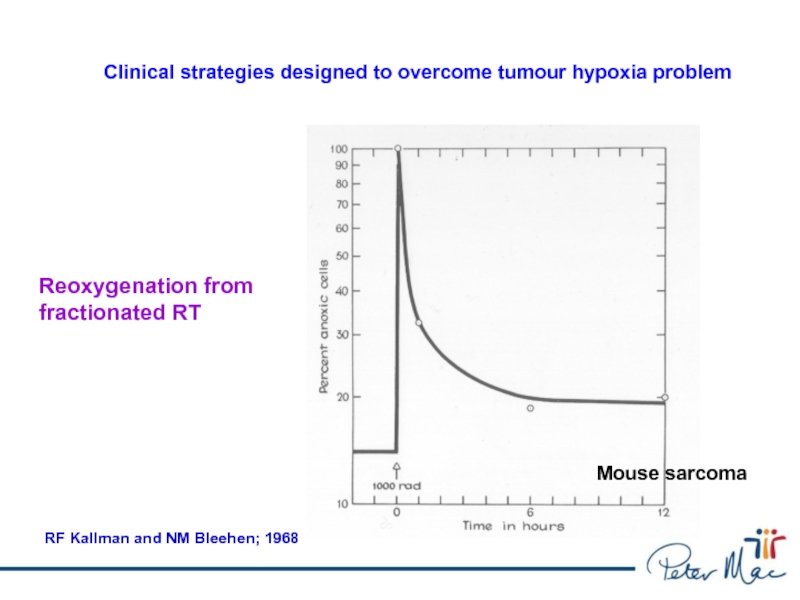
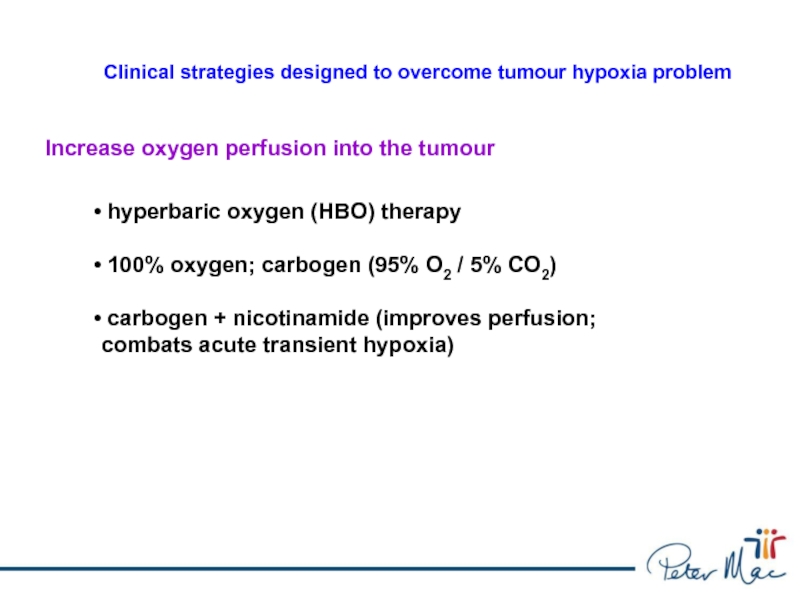
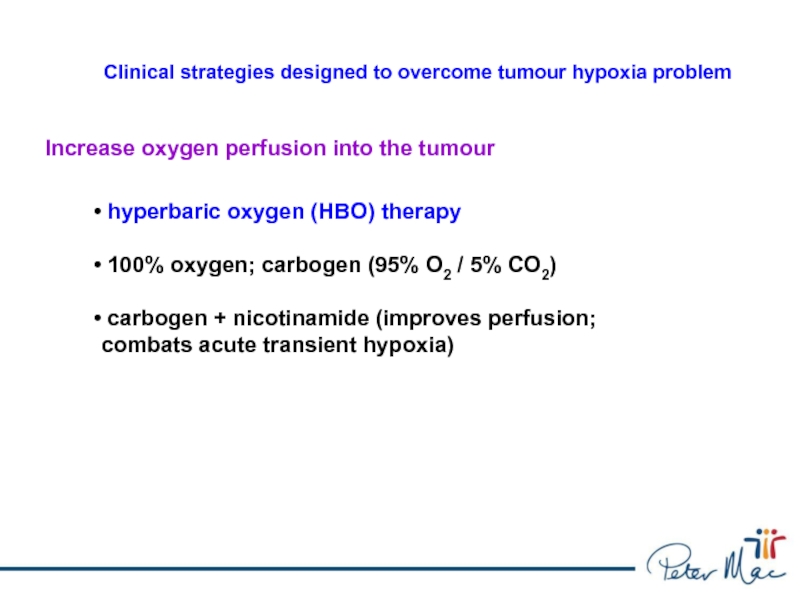
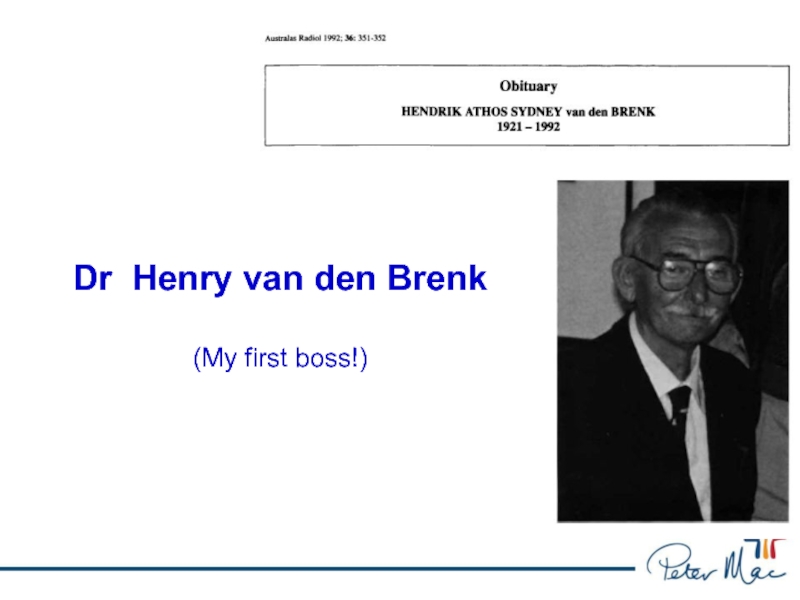
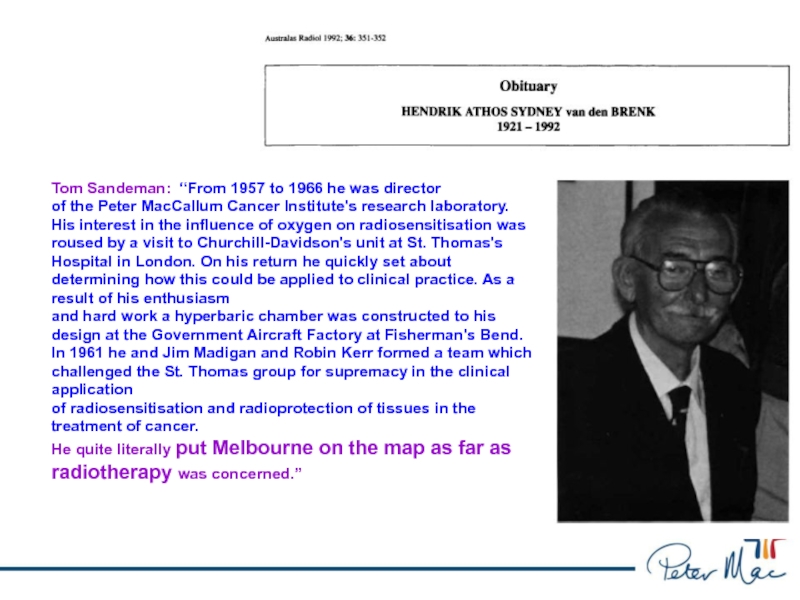
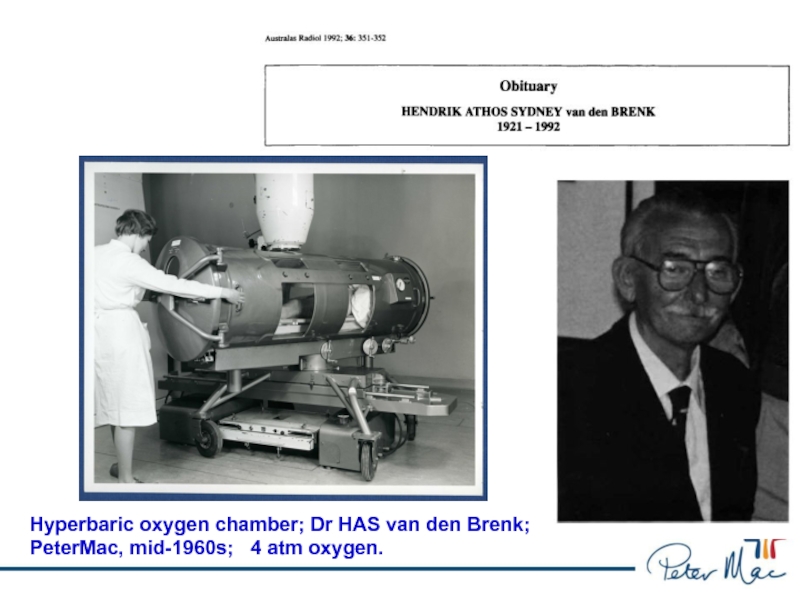
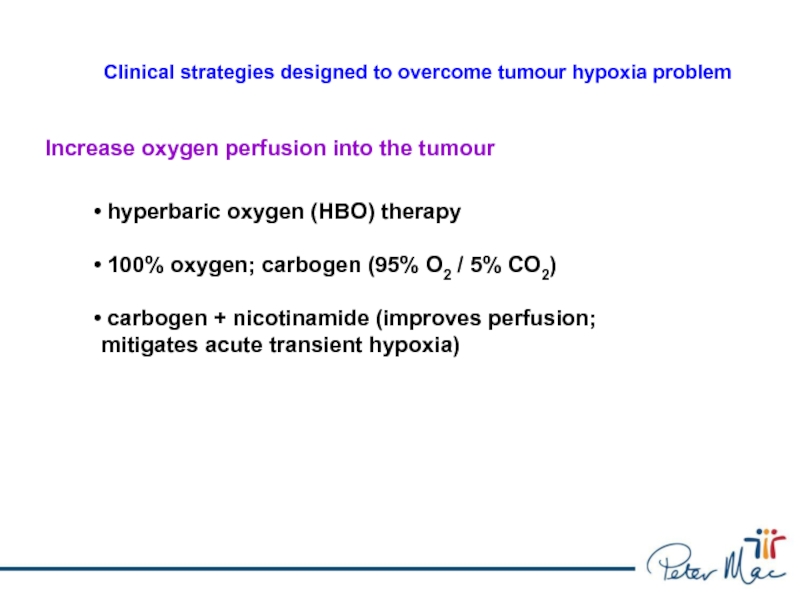
![ФЕДЕРАЛЬНОЕ ГОСУДАРСТВЕННОЕ
БЮДЖЕТНОЕ УЧРЕЖДЕНИЕ
МЕДИЦИНСКИЙ РАДИОЛОГИЧЕСКИЙ [low Hb proven negative prognostic indicator; eg smokers] blood transfusion [low Hb proven negative prognostic indicator; eg smokers] blood transfusion erythropoietin (EPO)Clinical strategies designed to overcome](/img/thumbs/aa12868a573abccc20e05004ca58e68b-800x.jpg)
